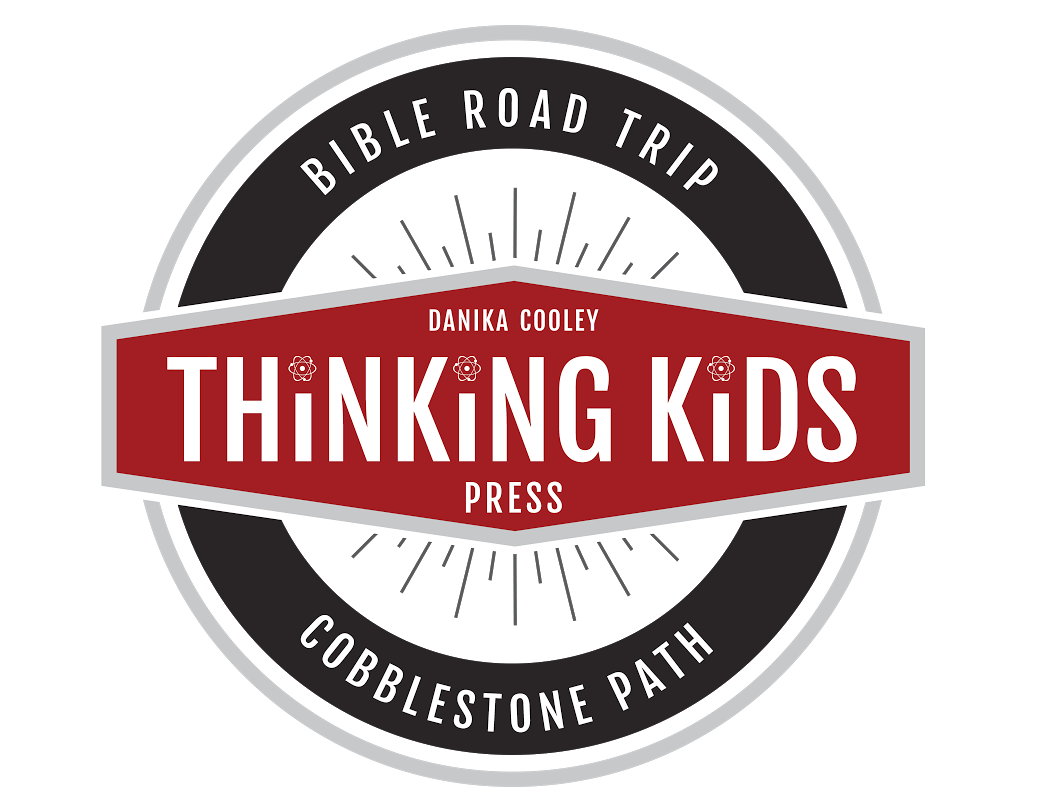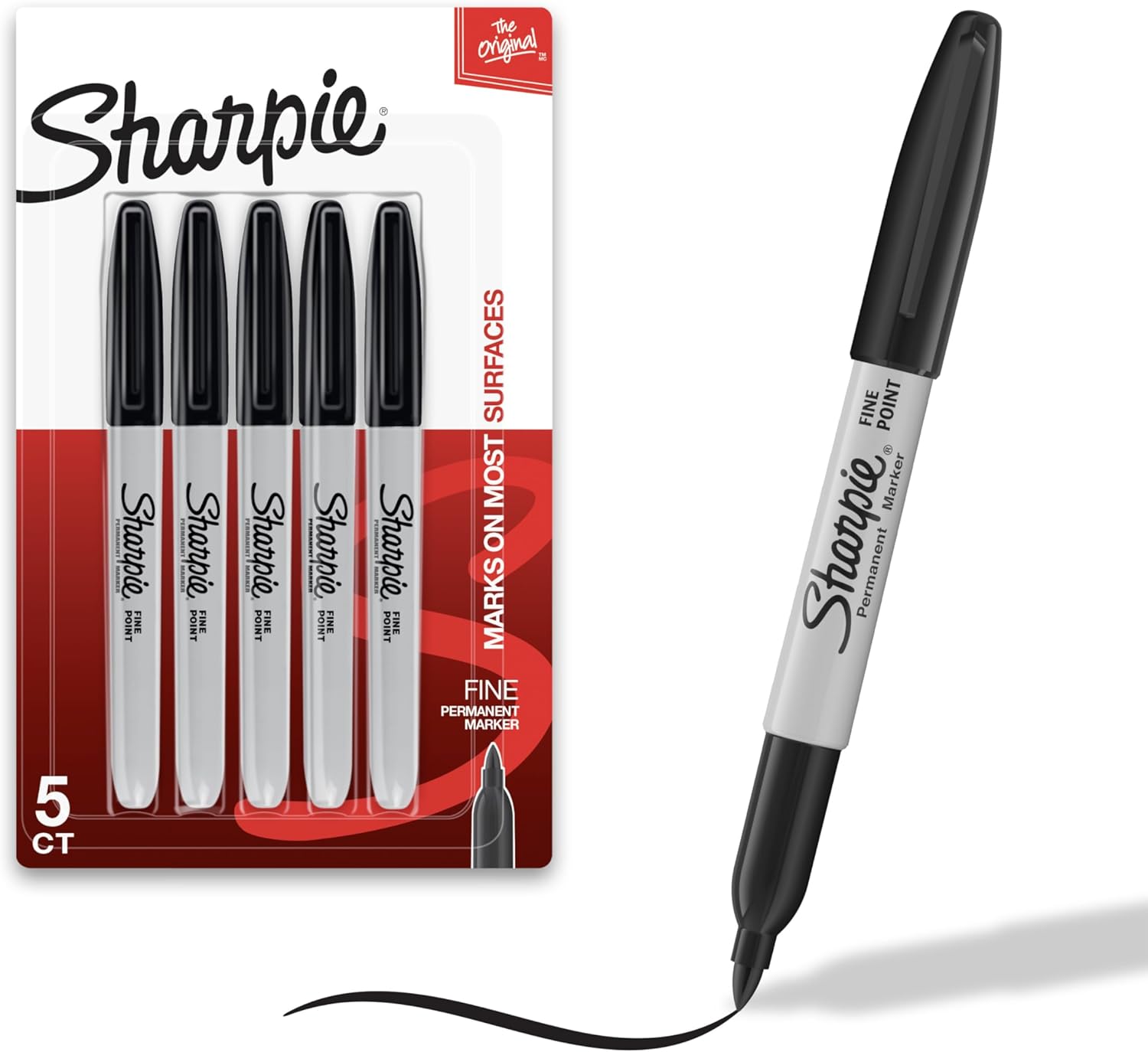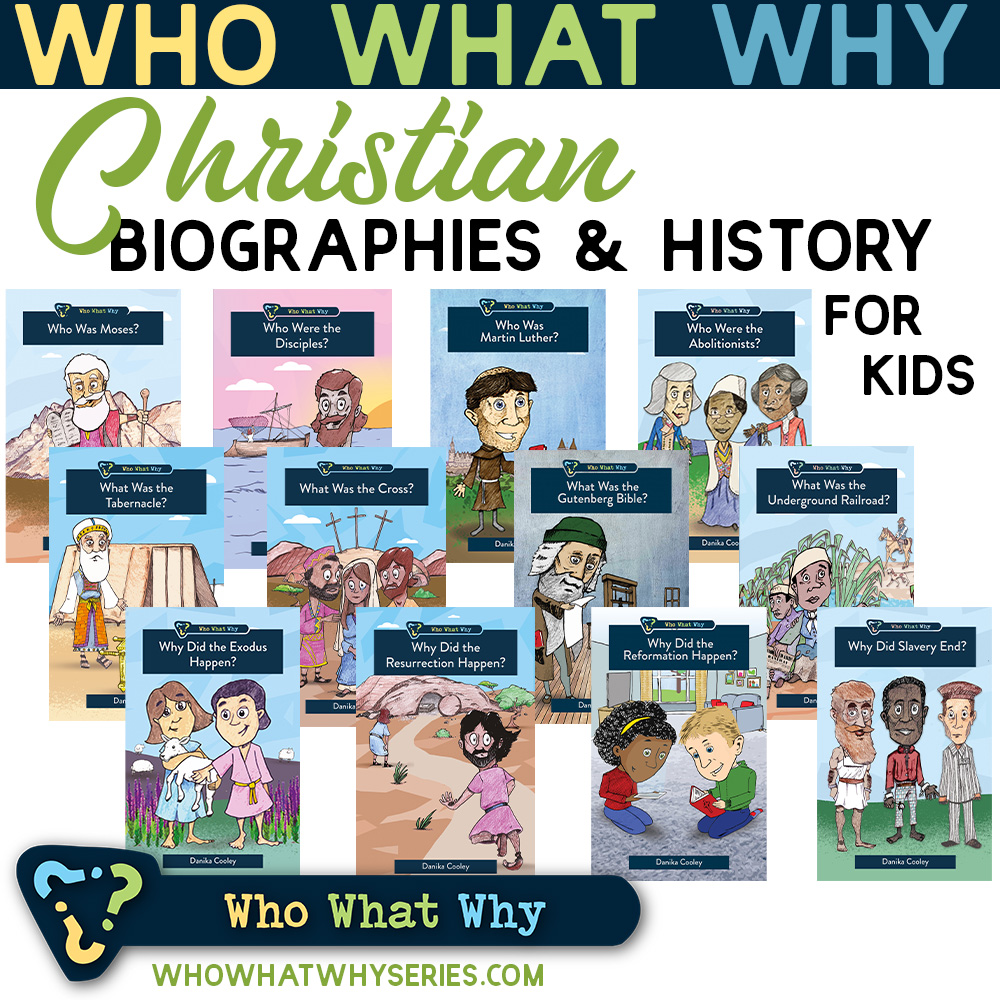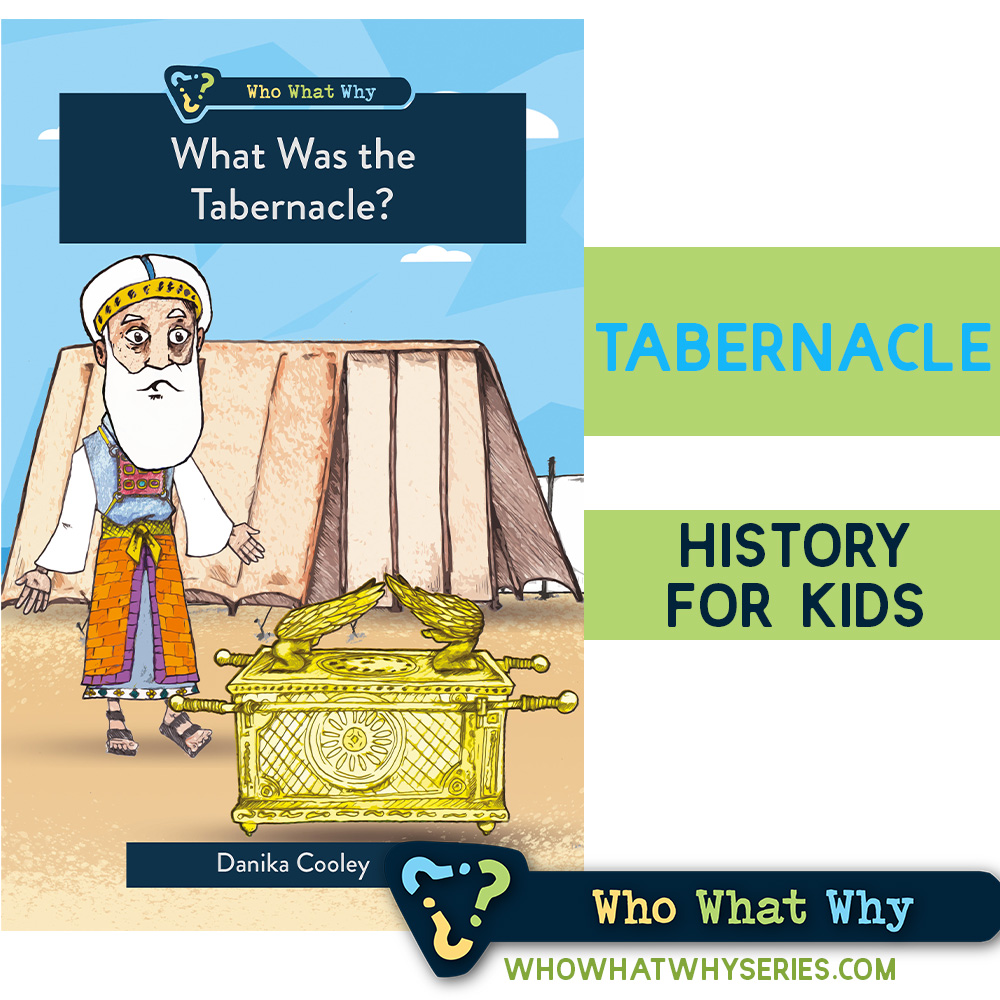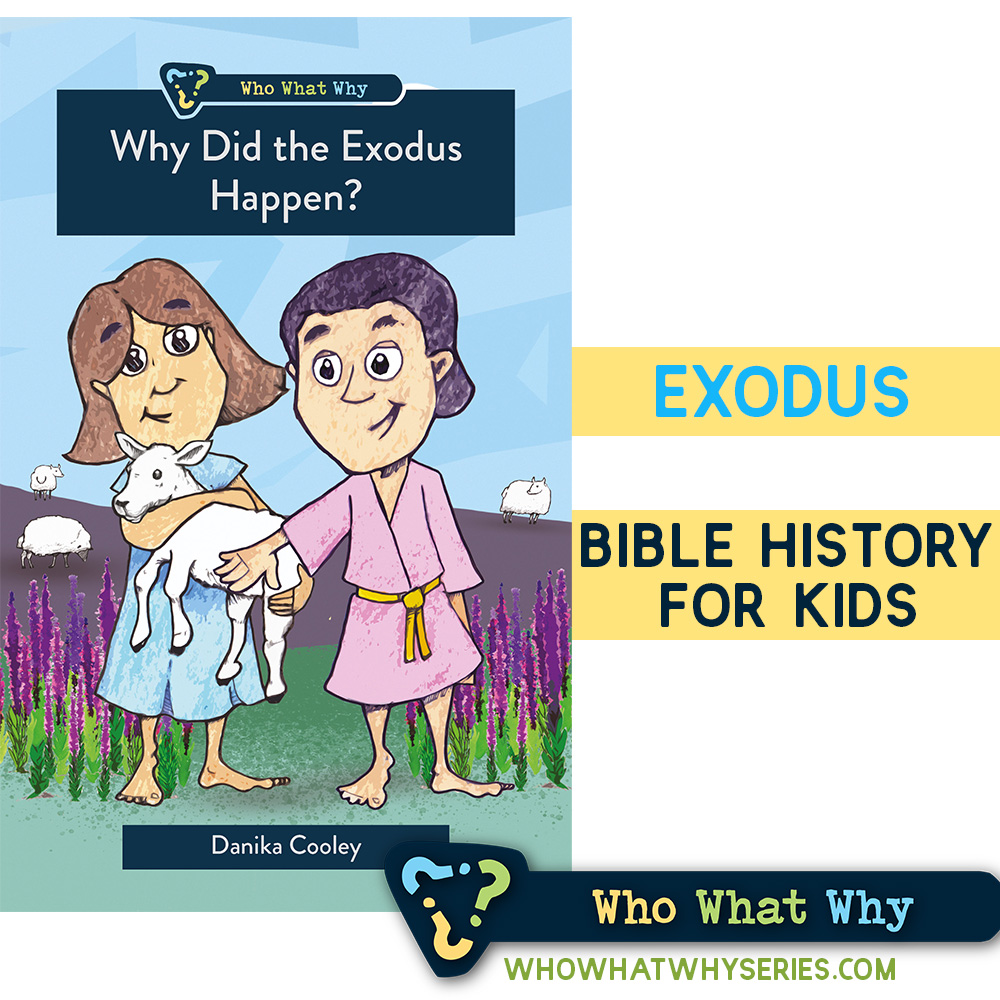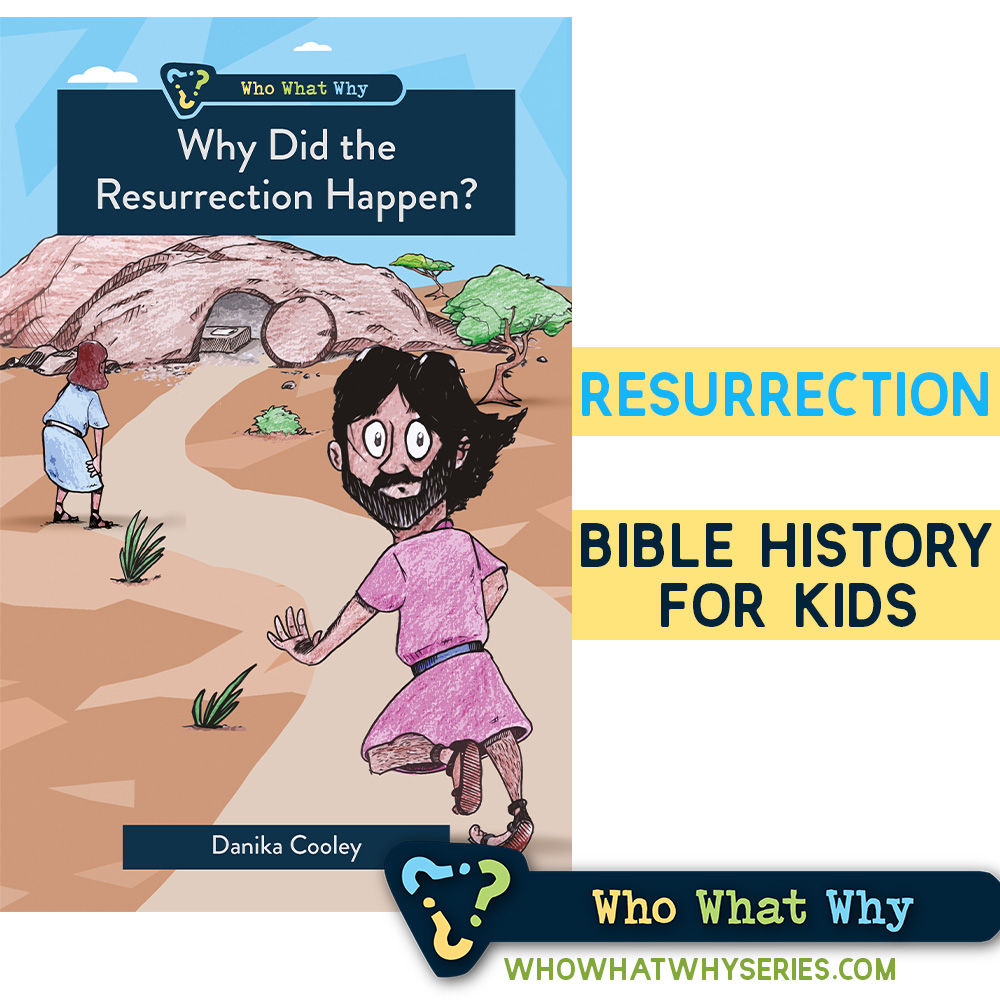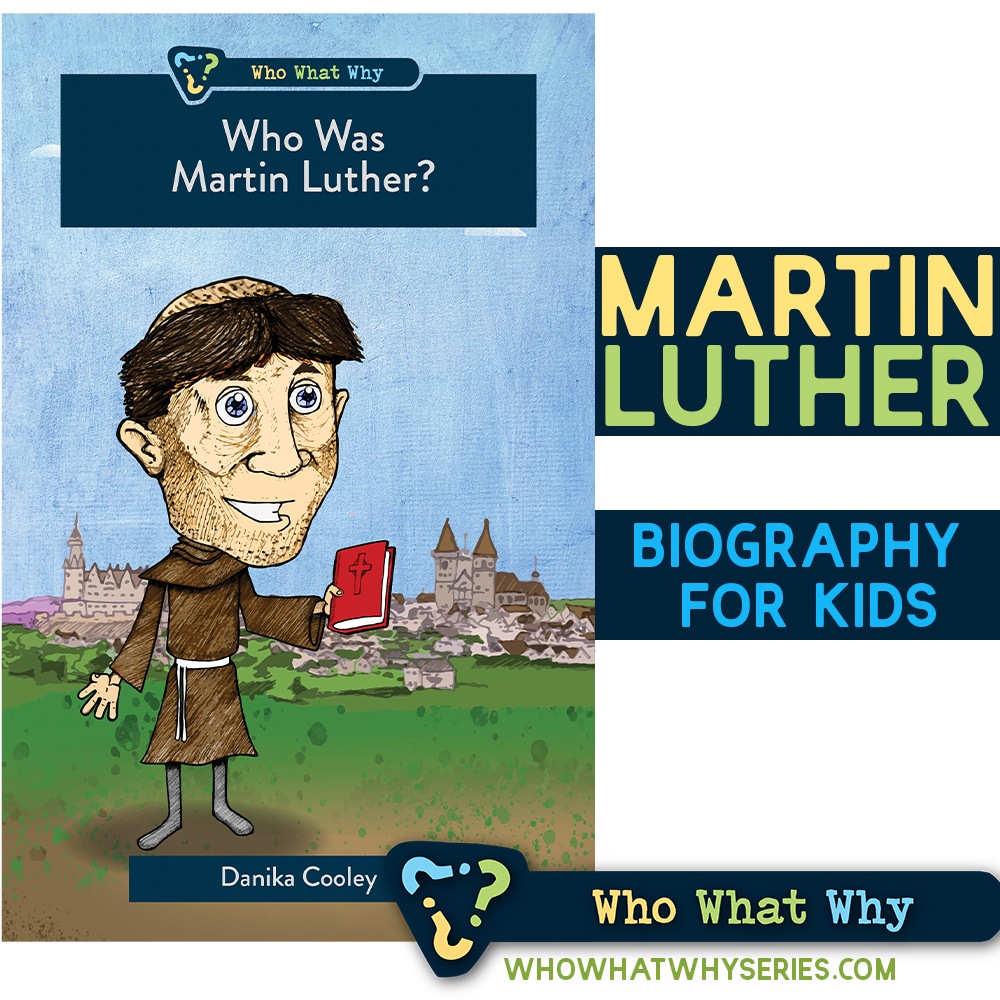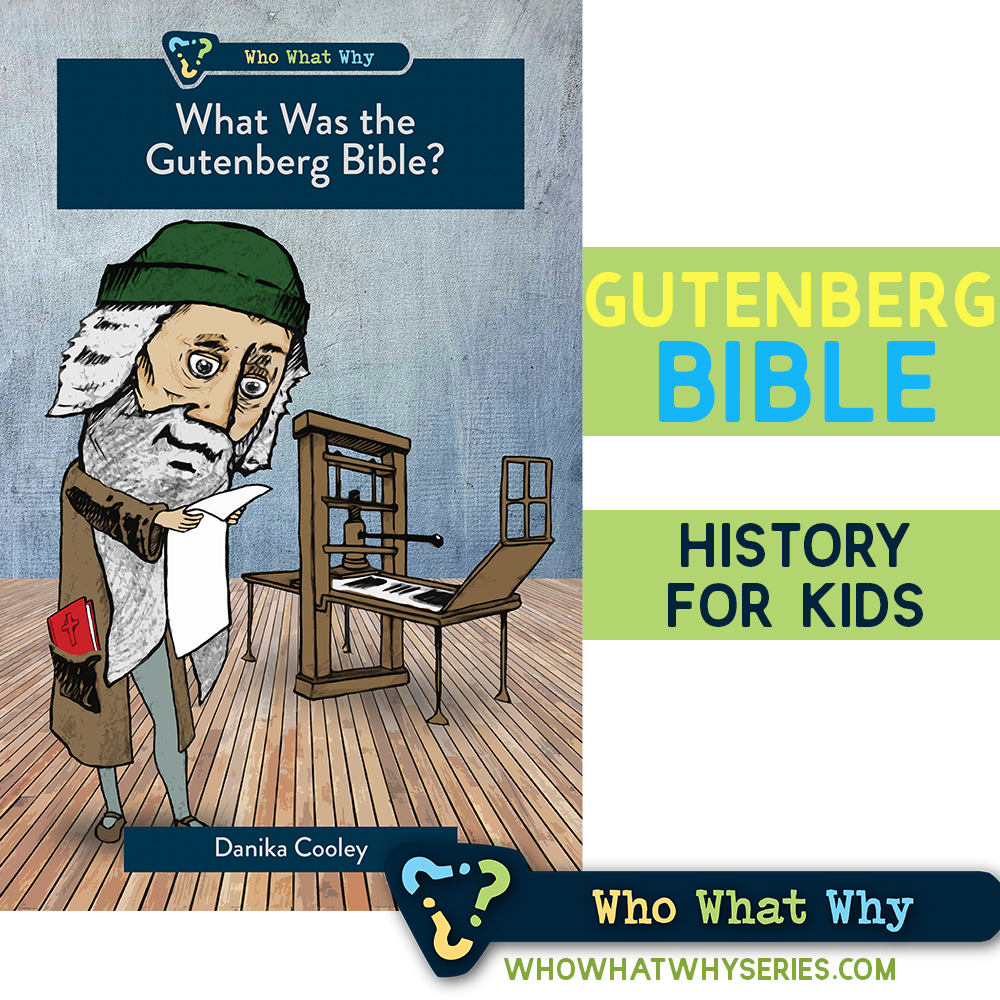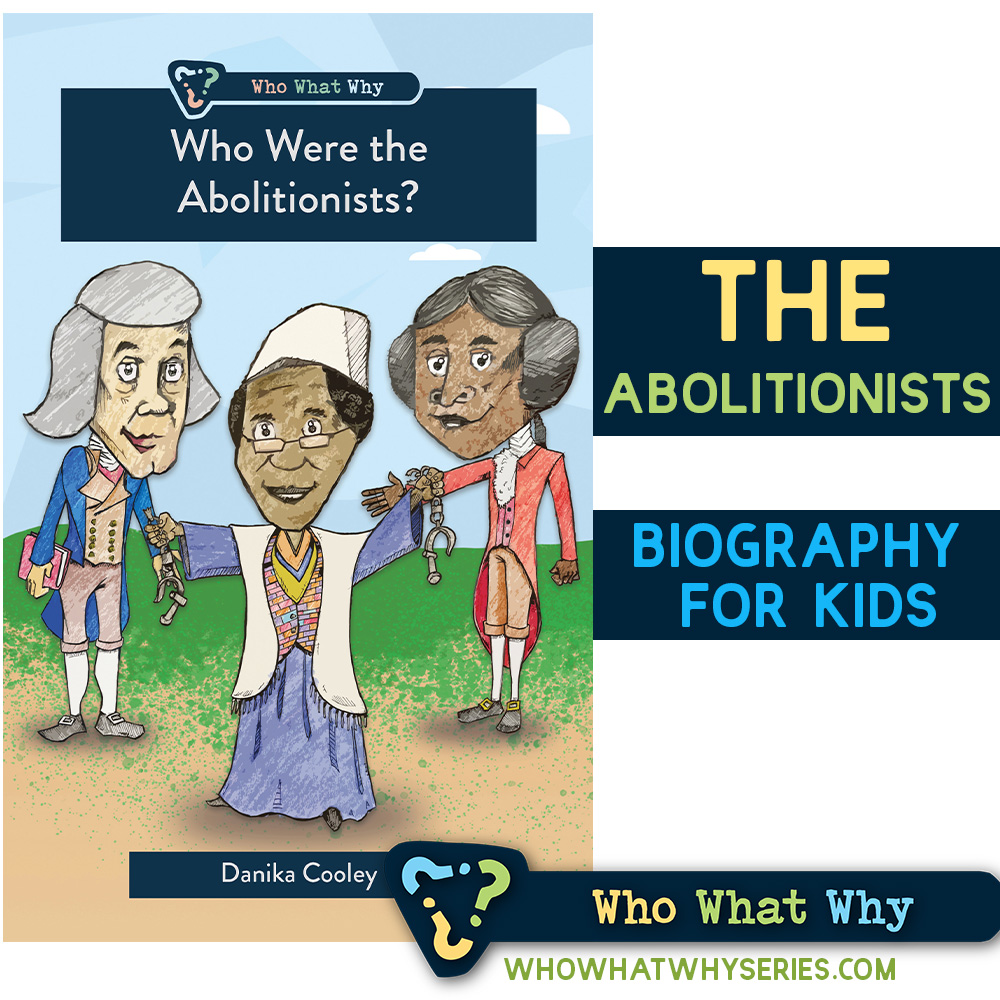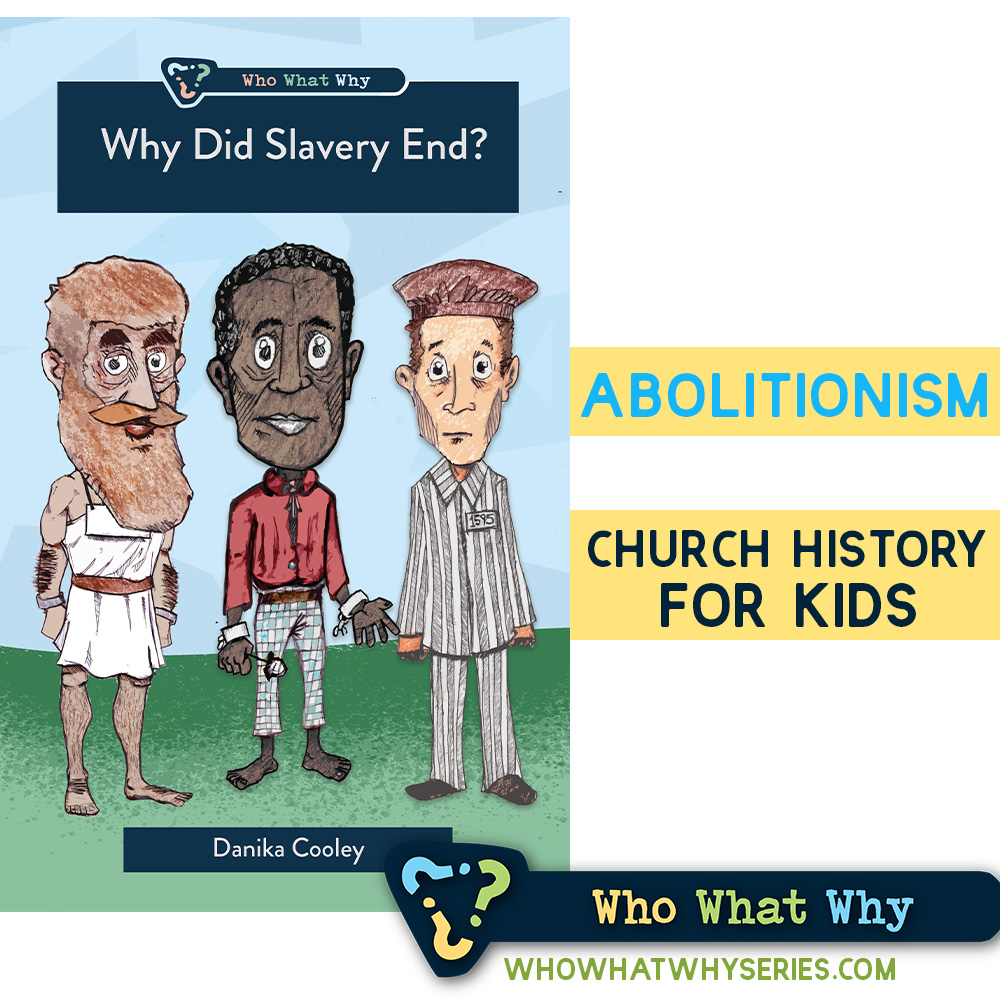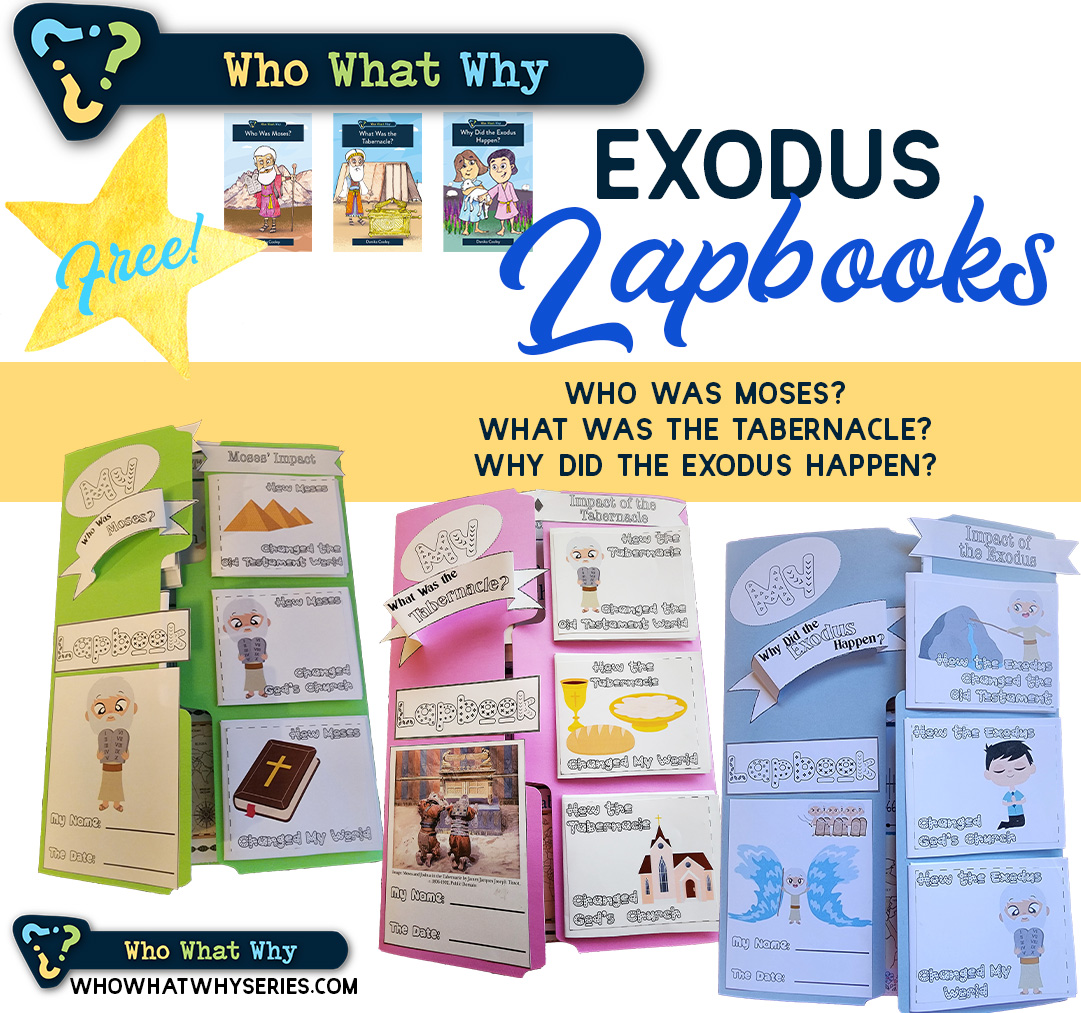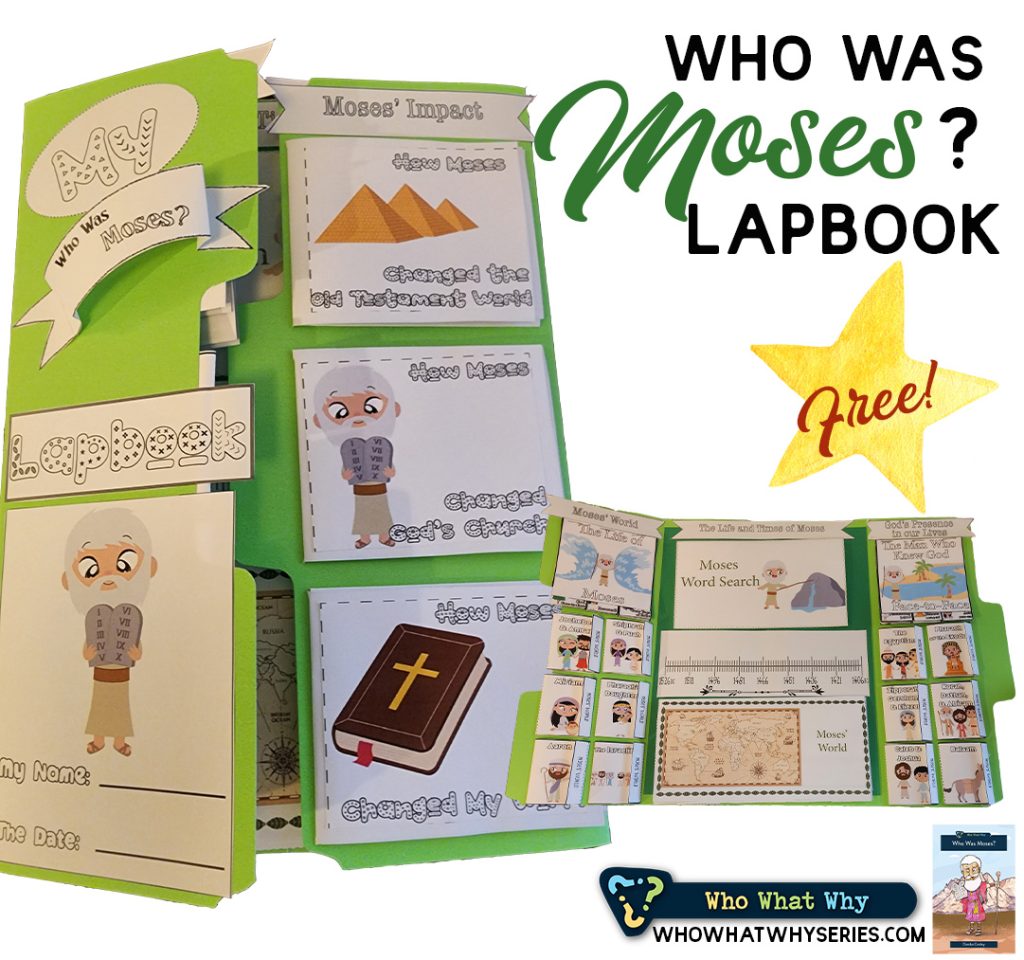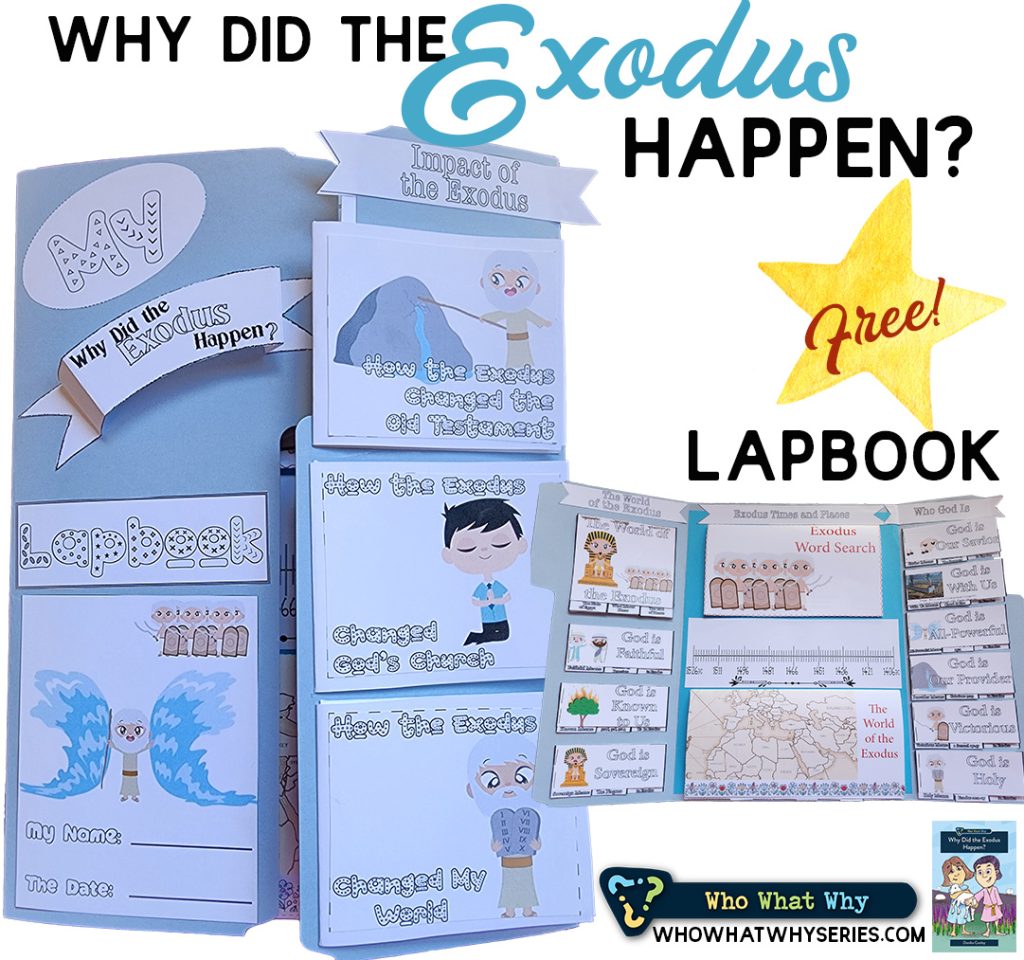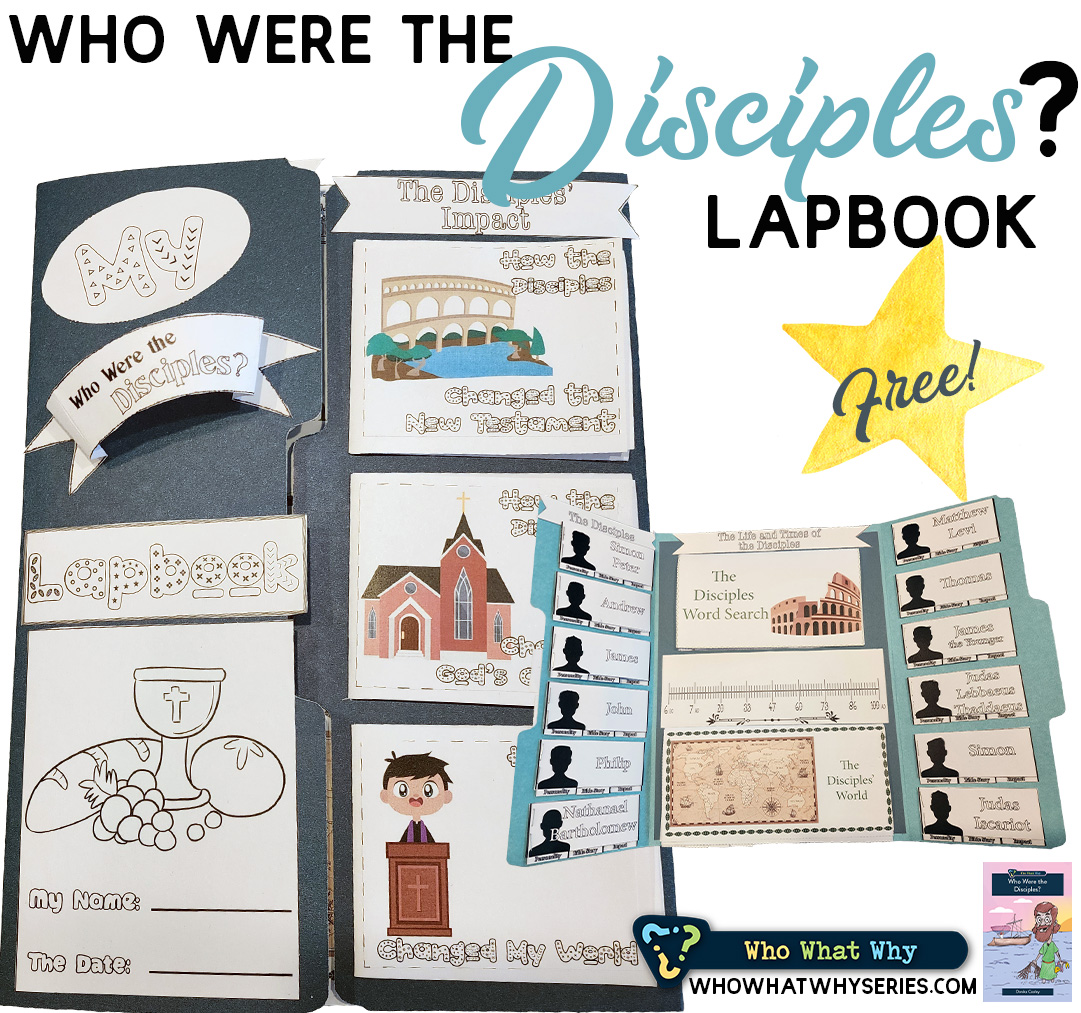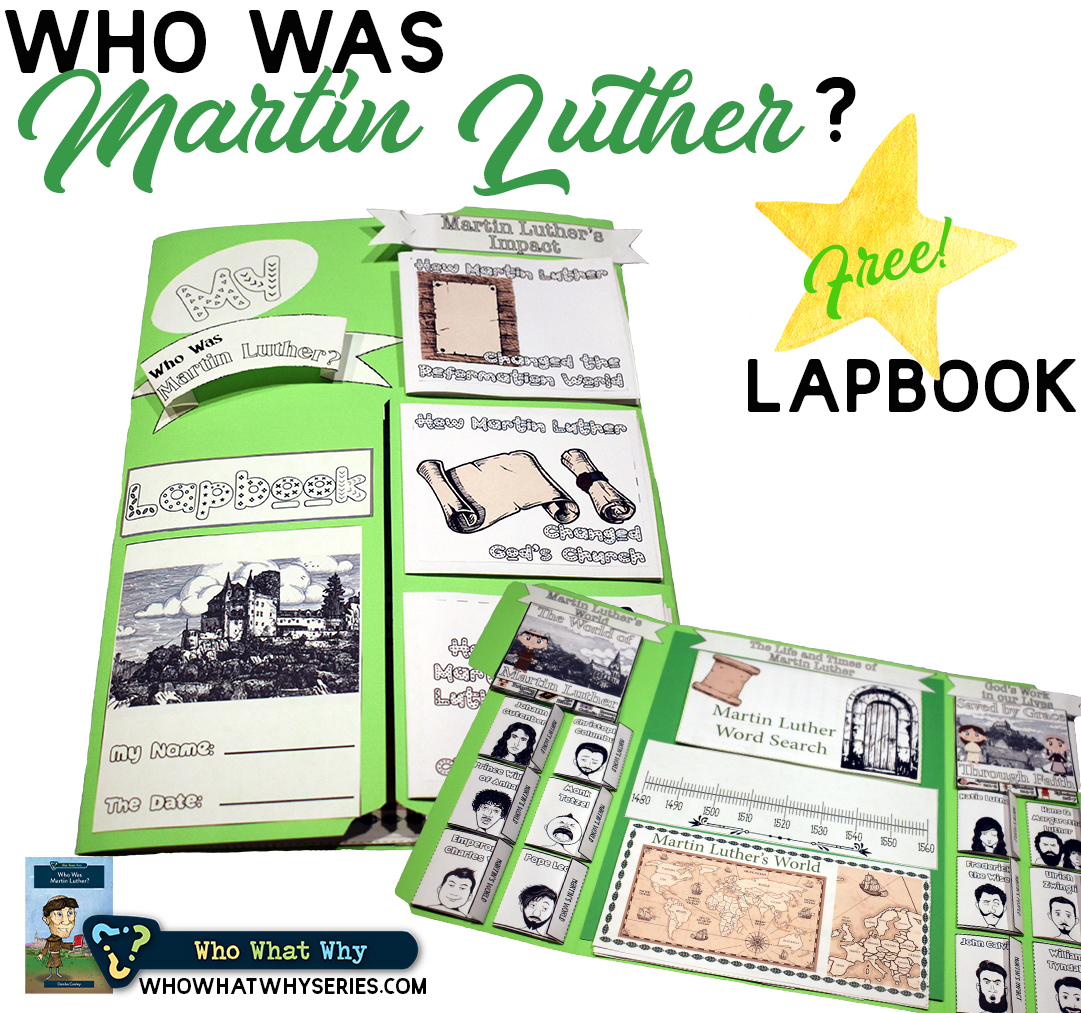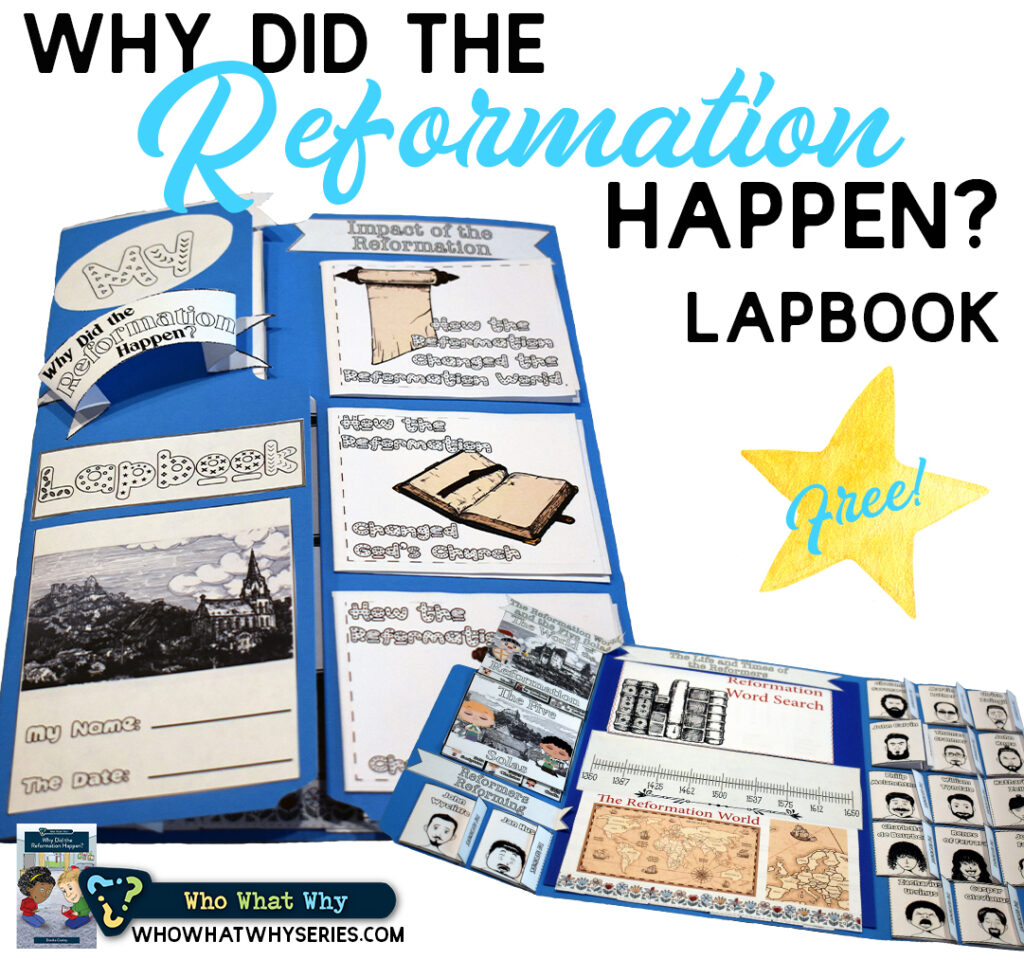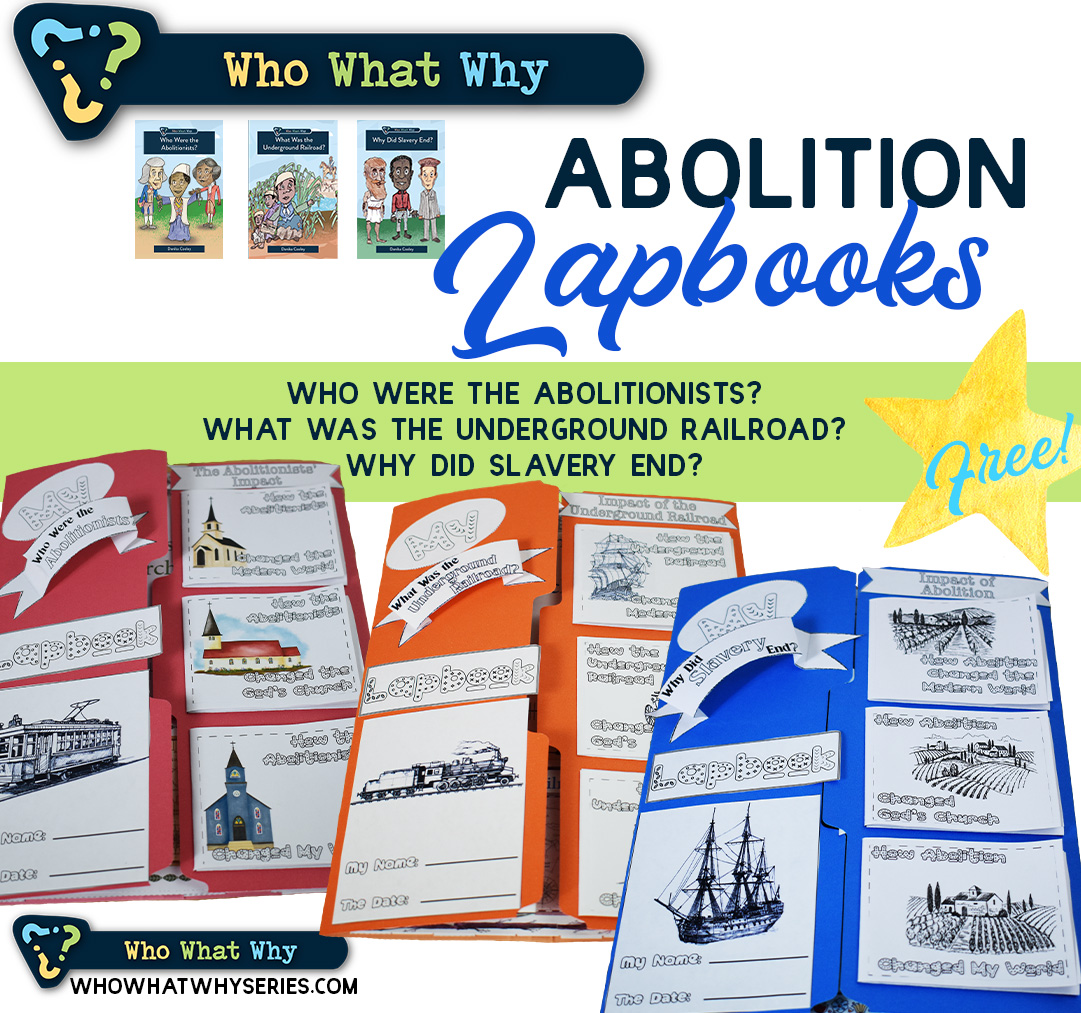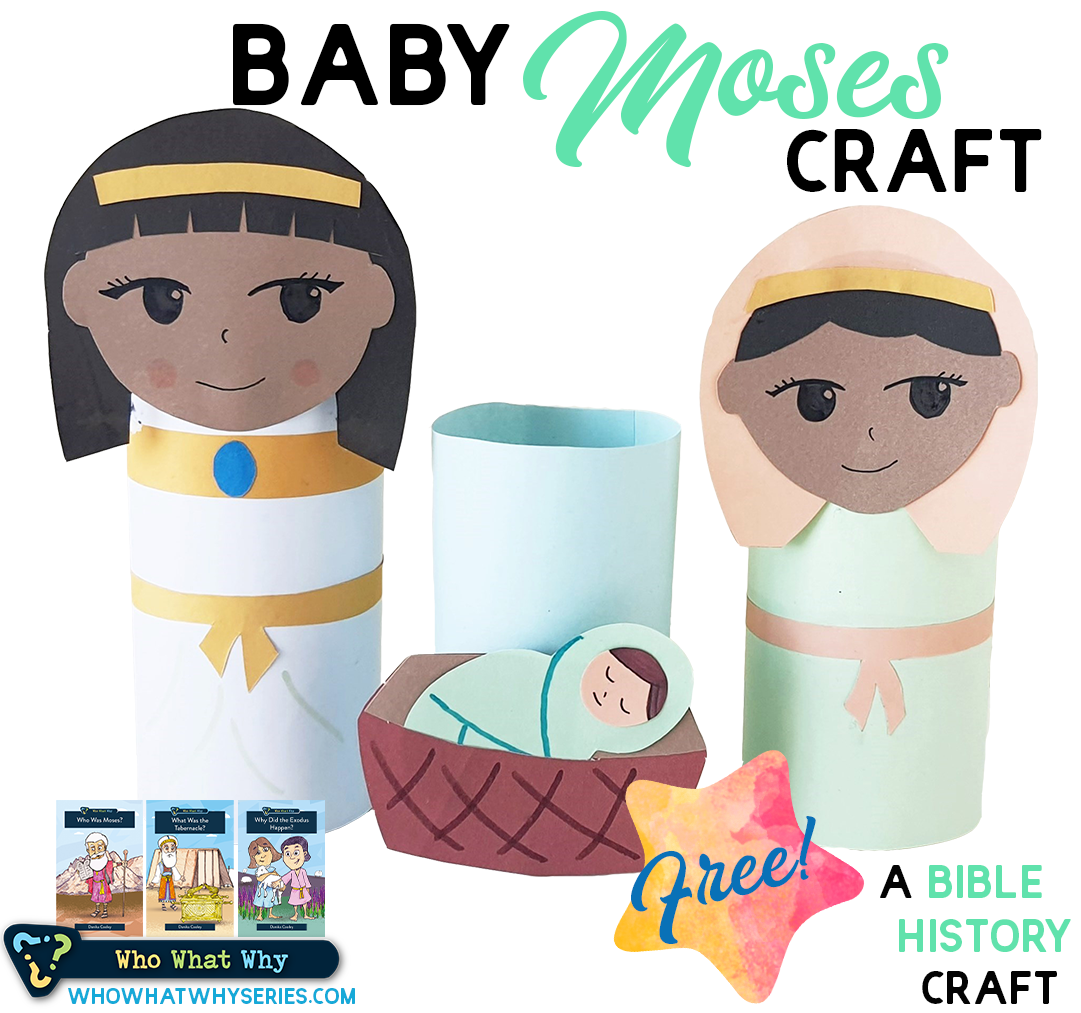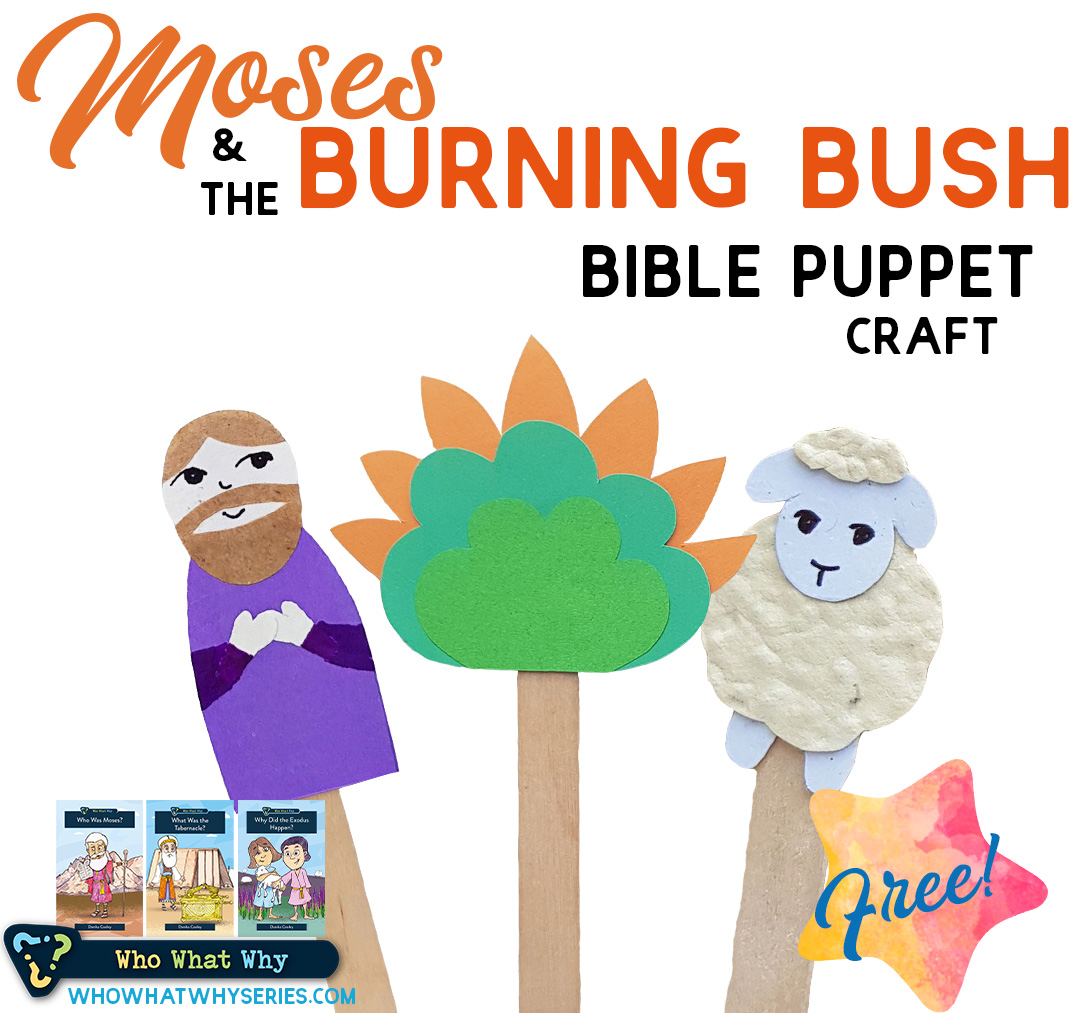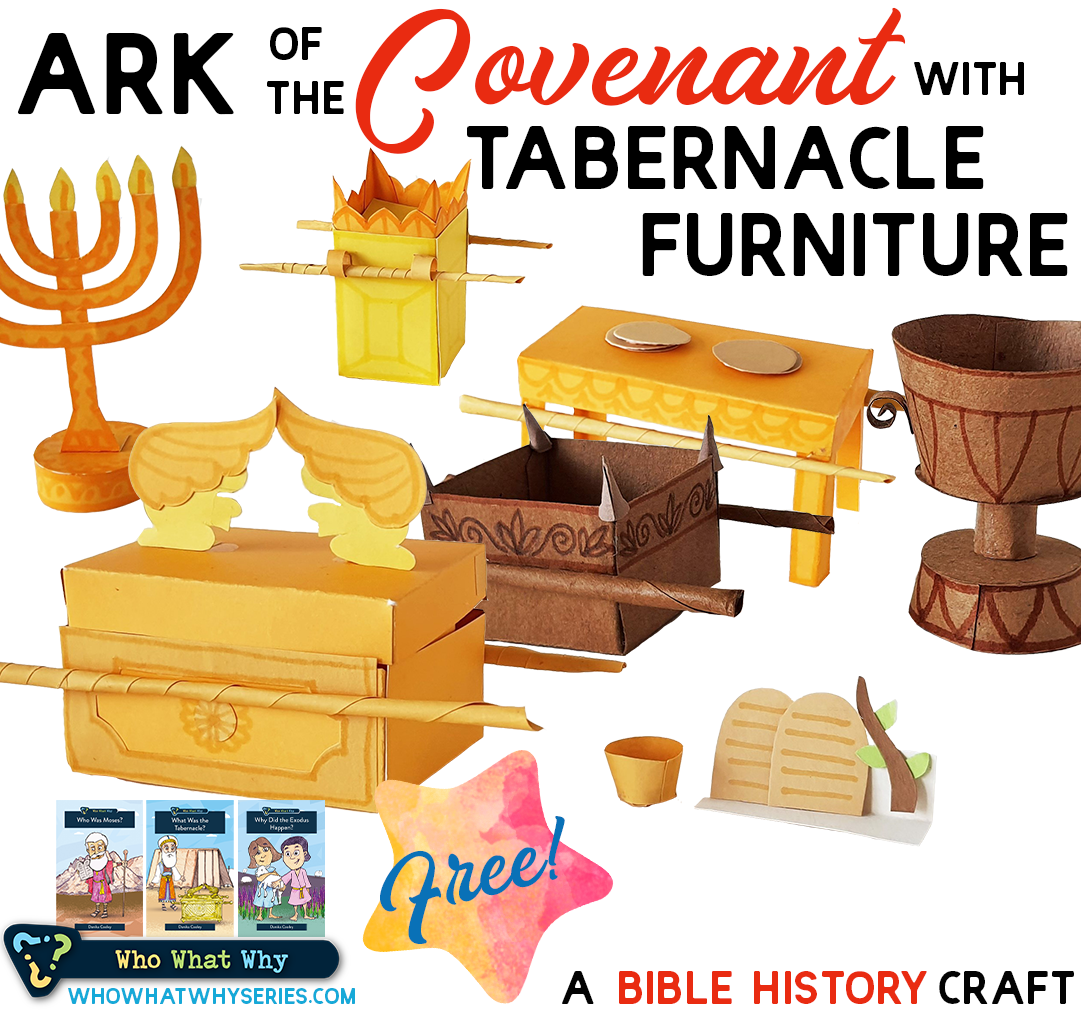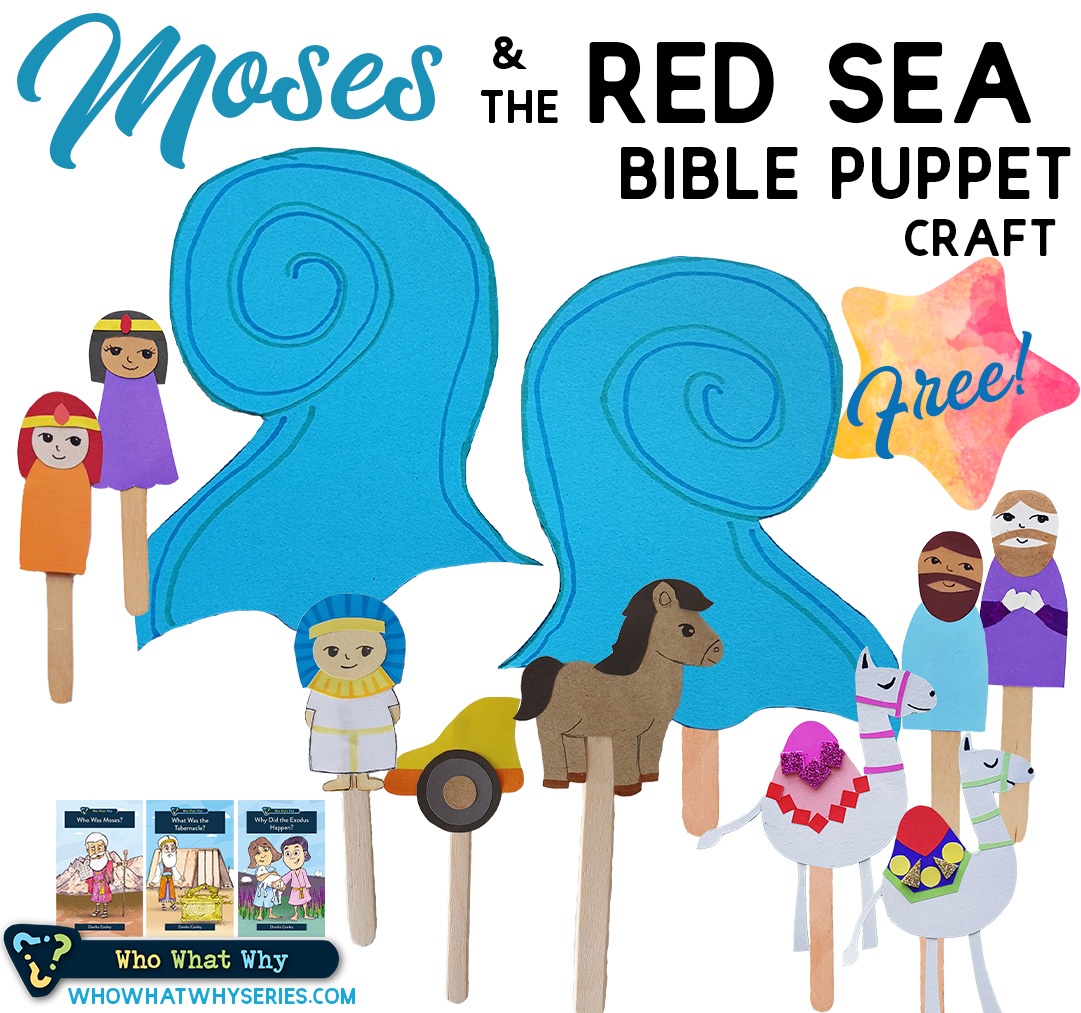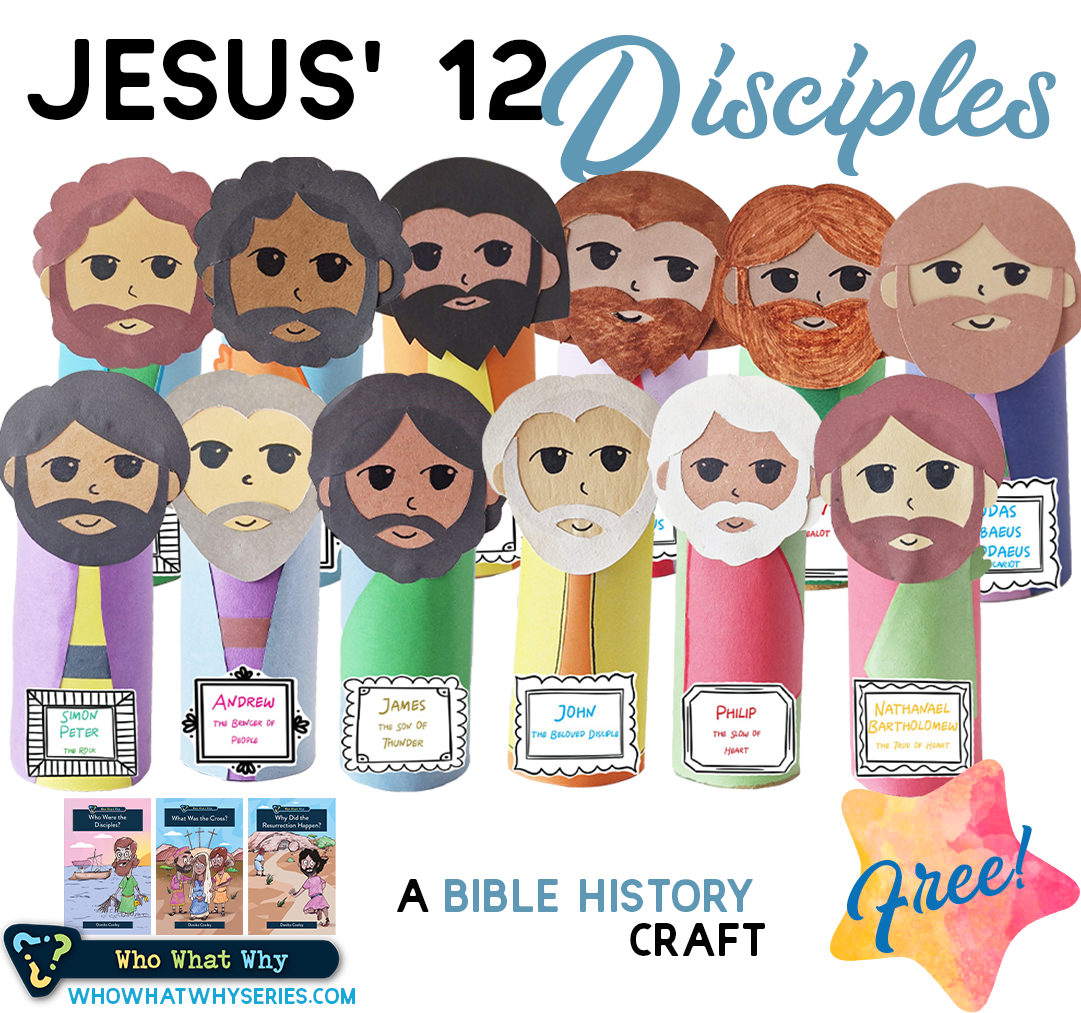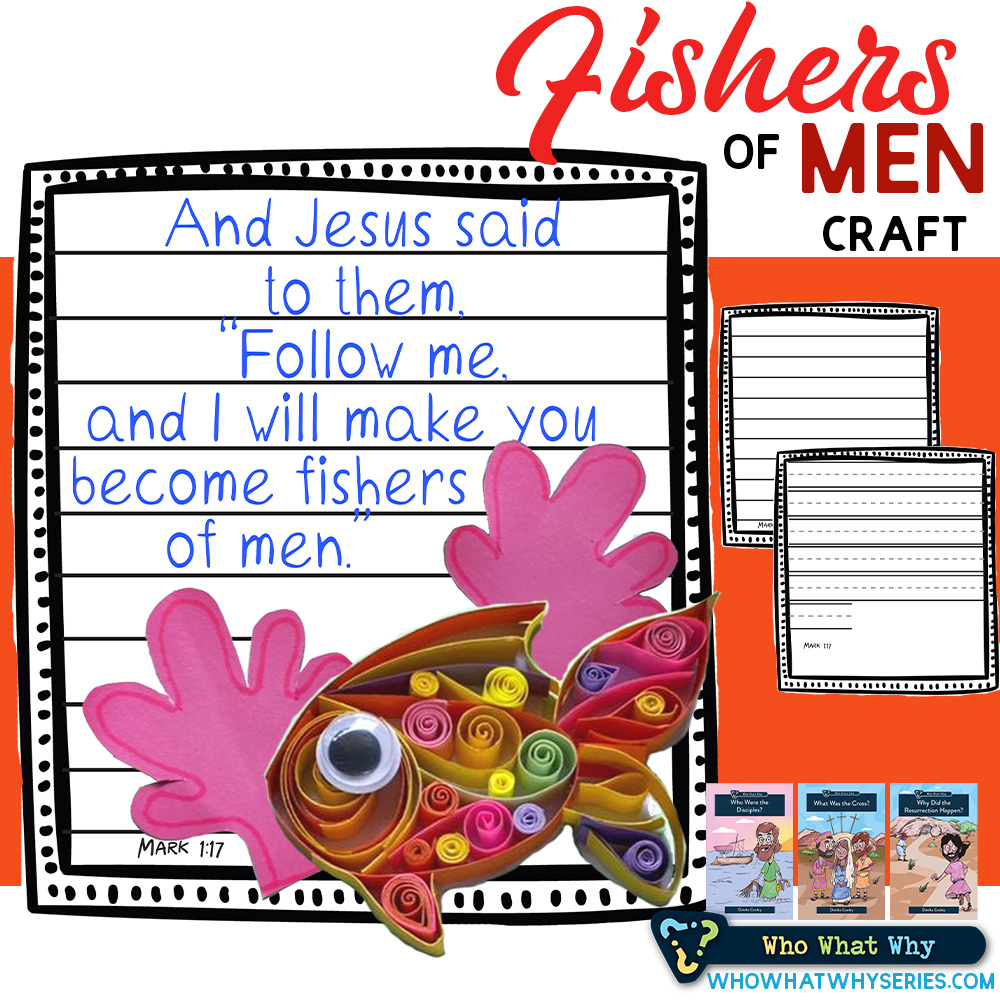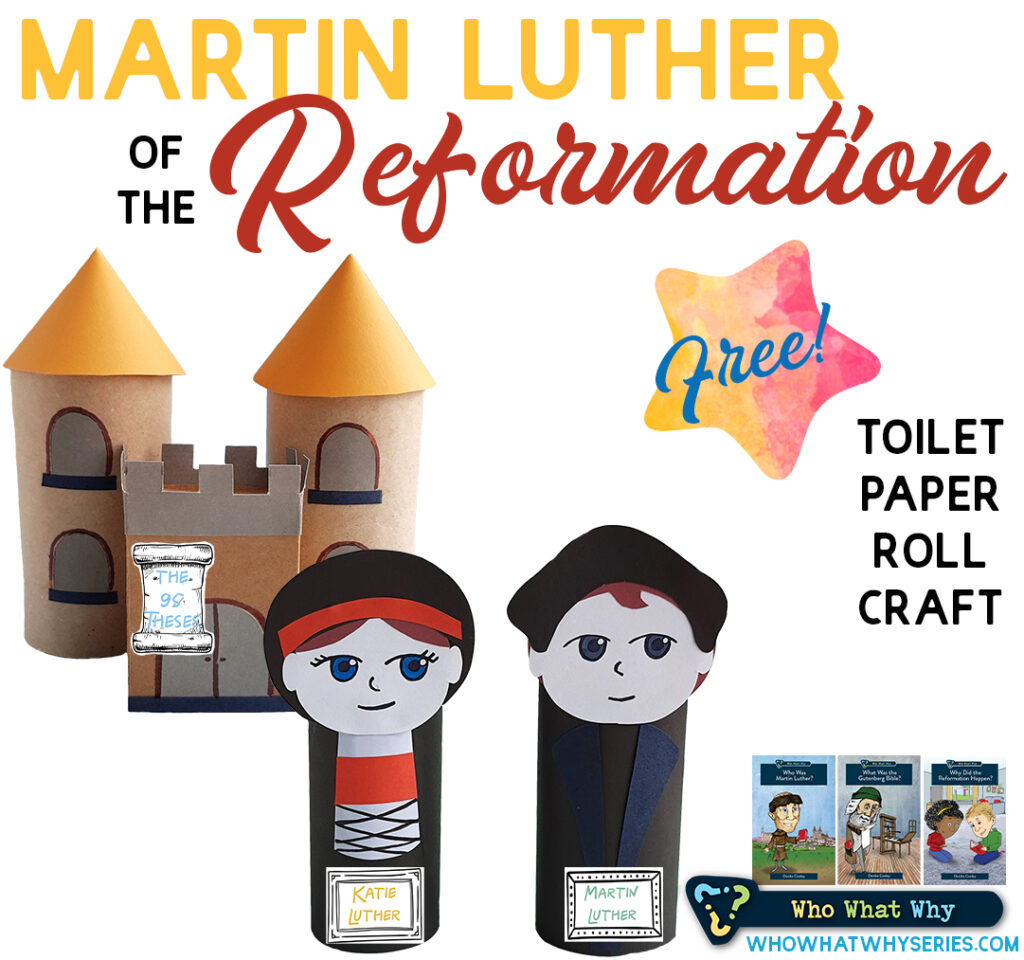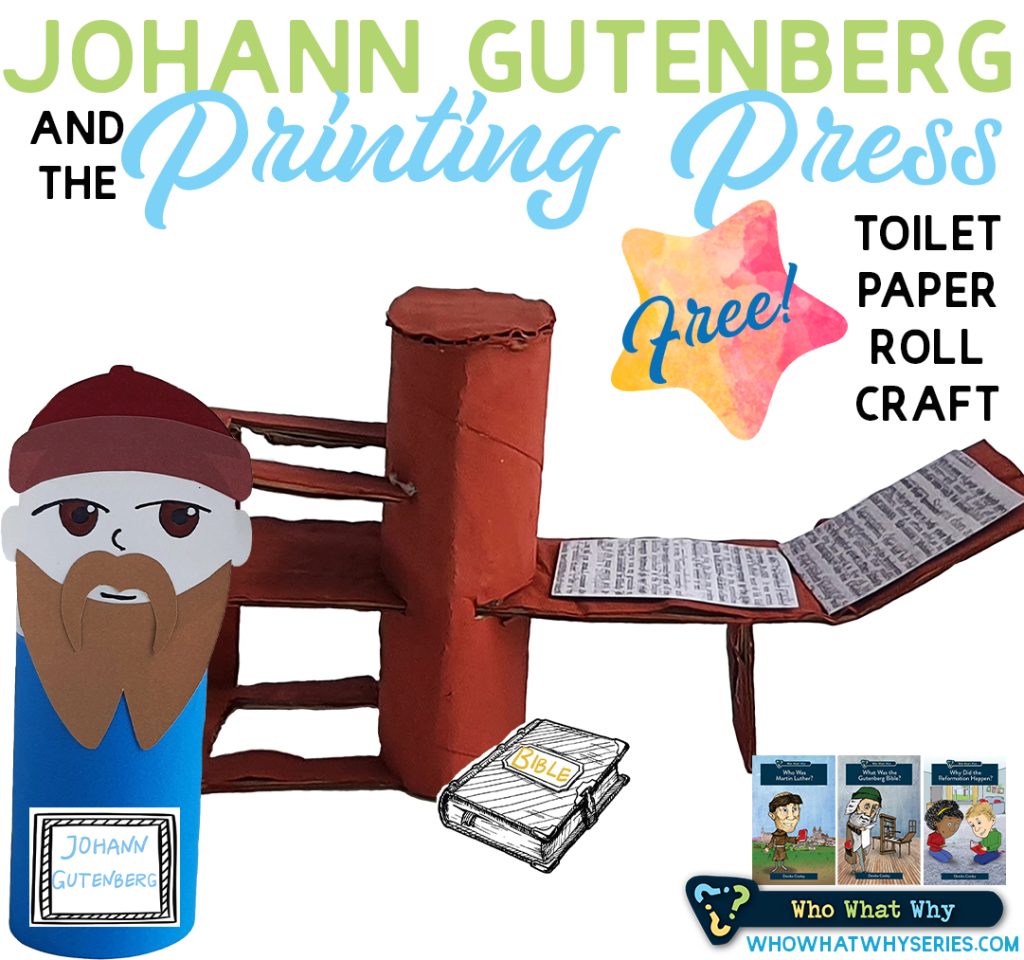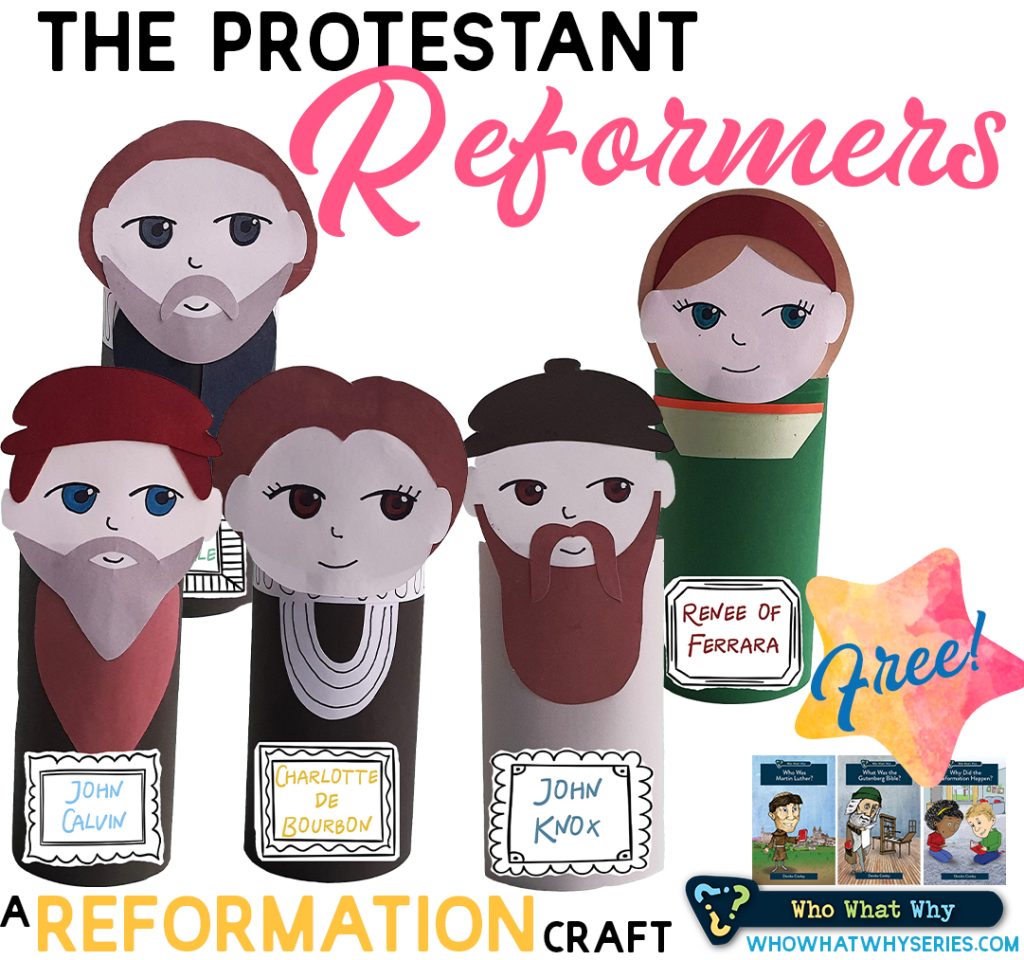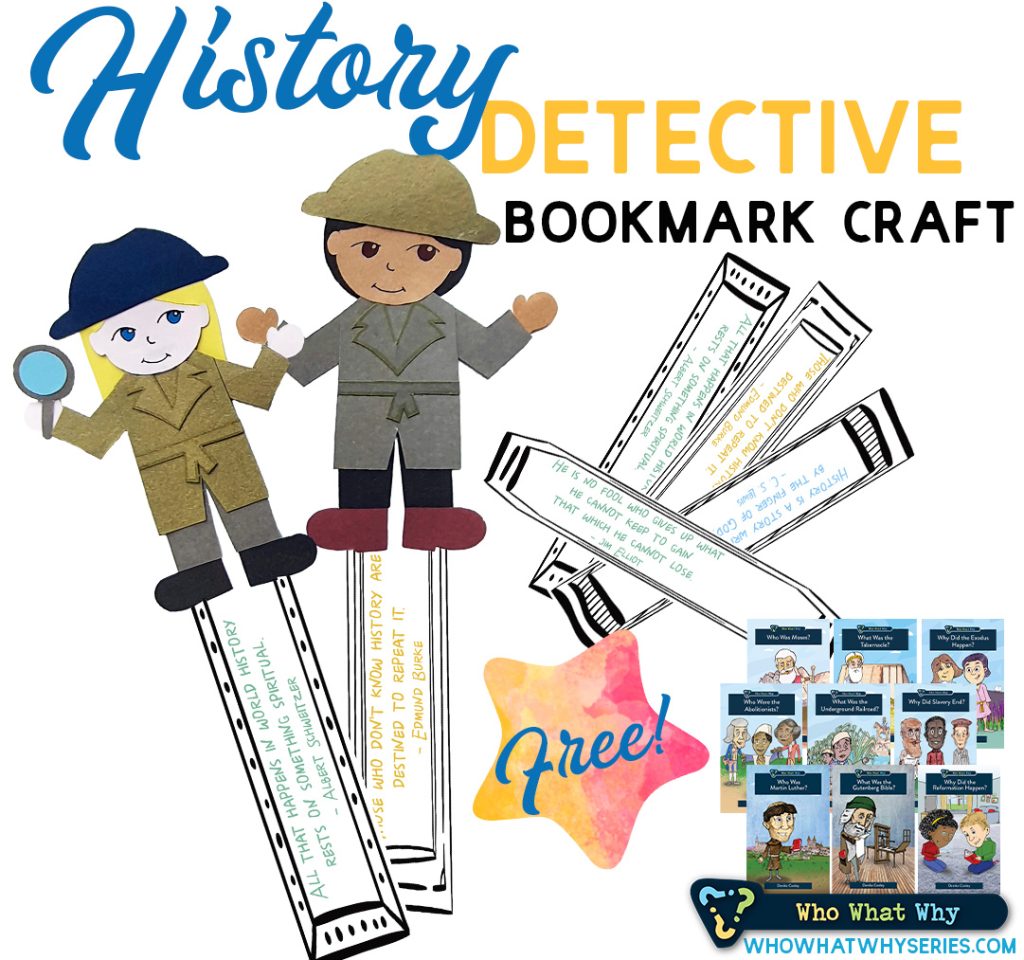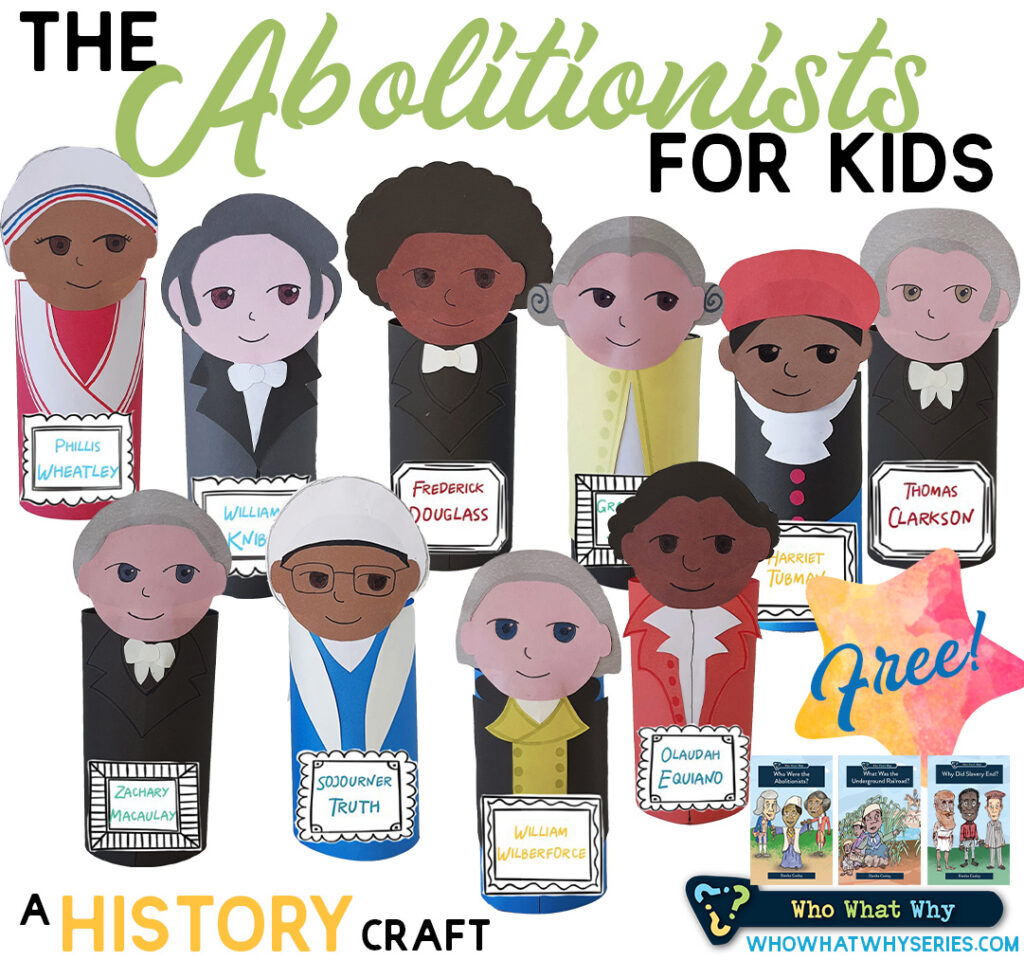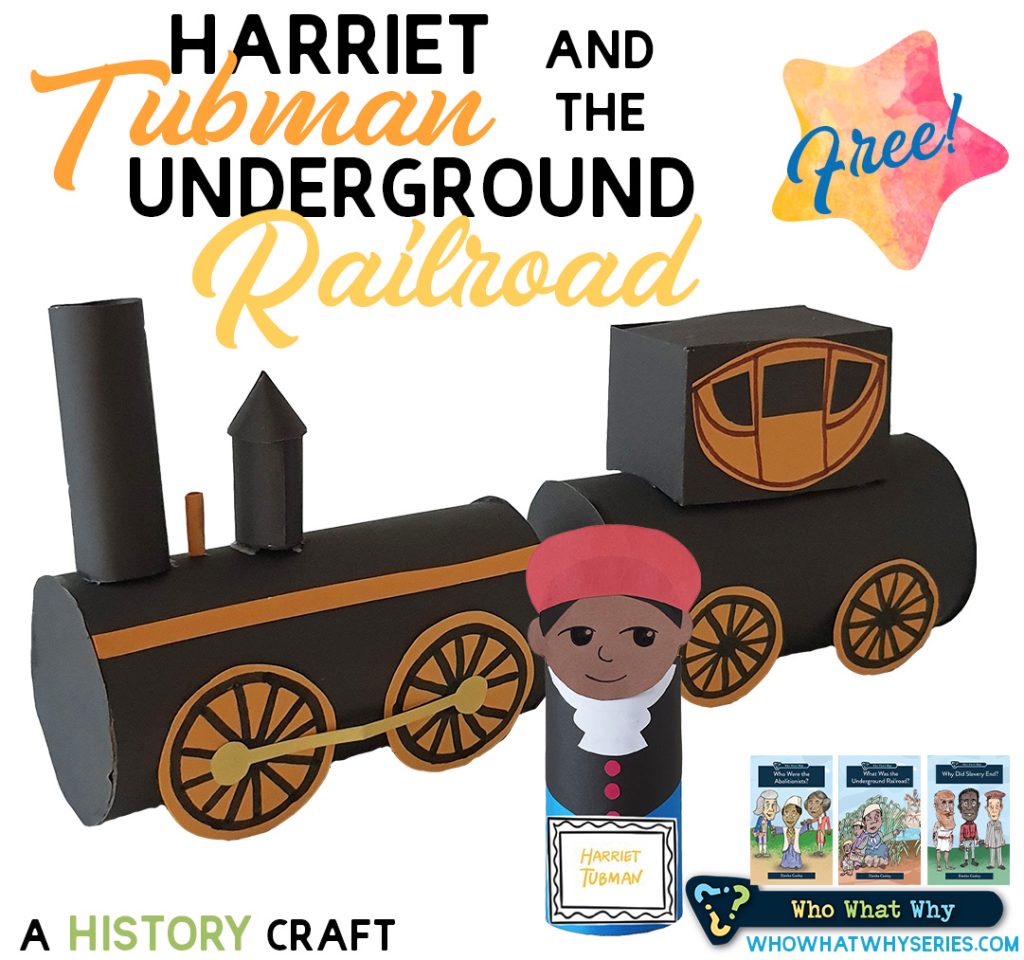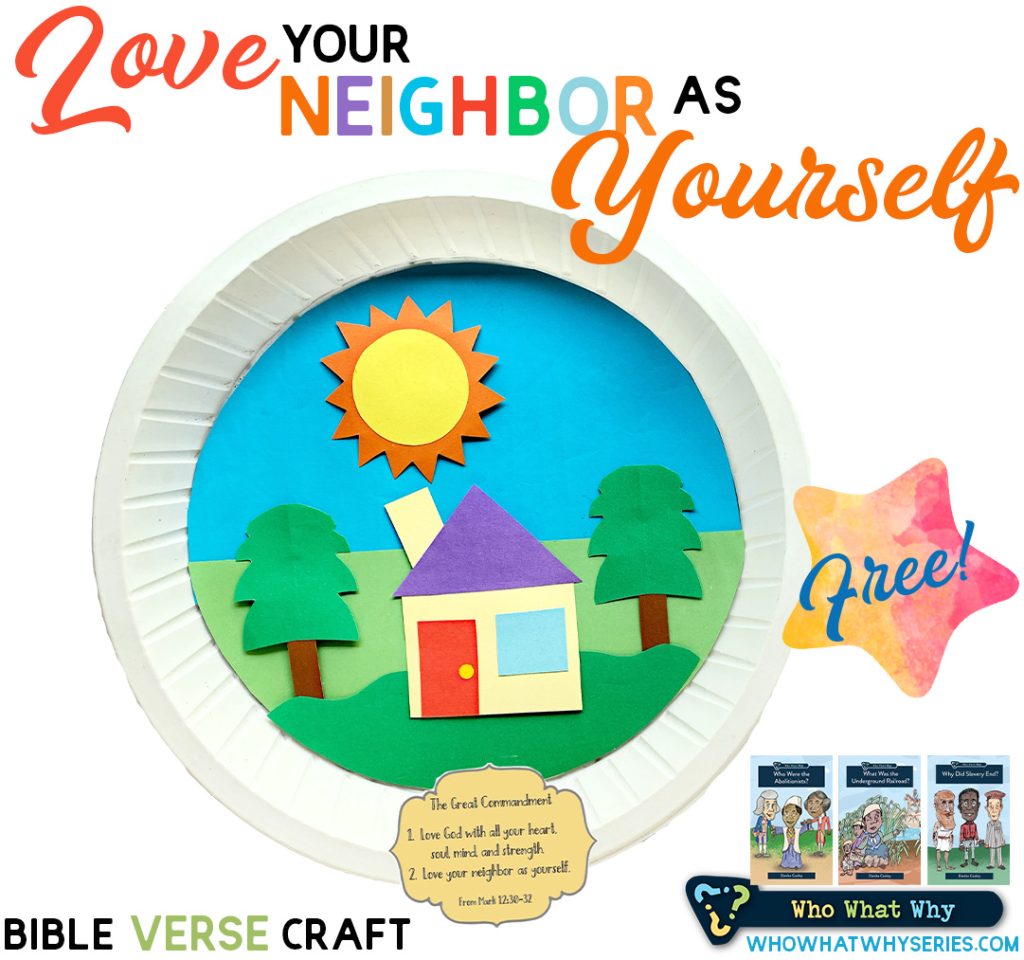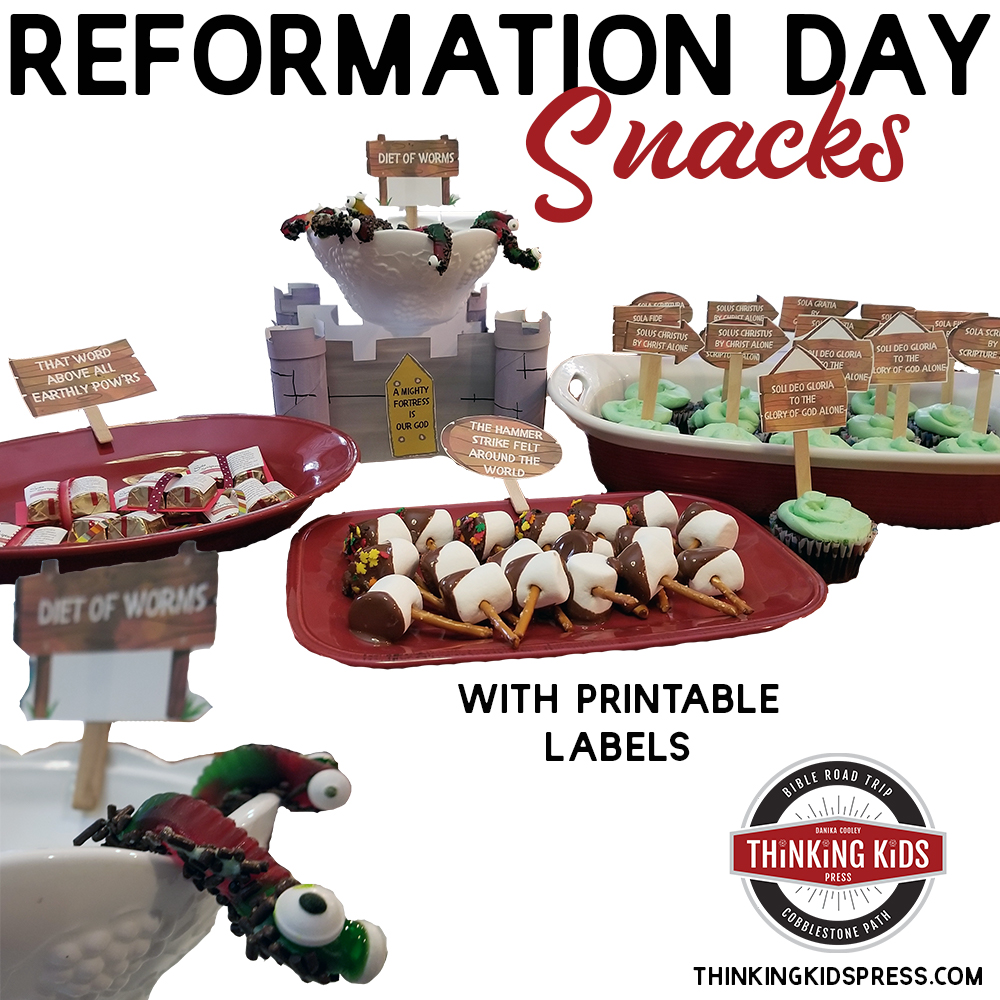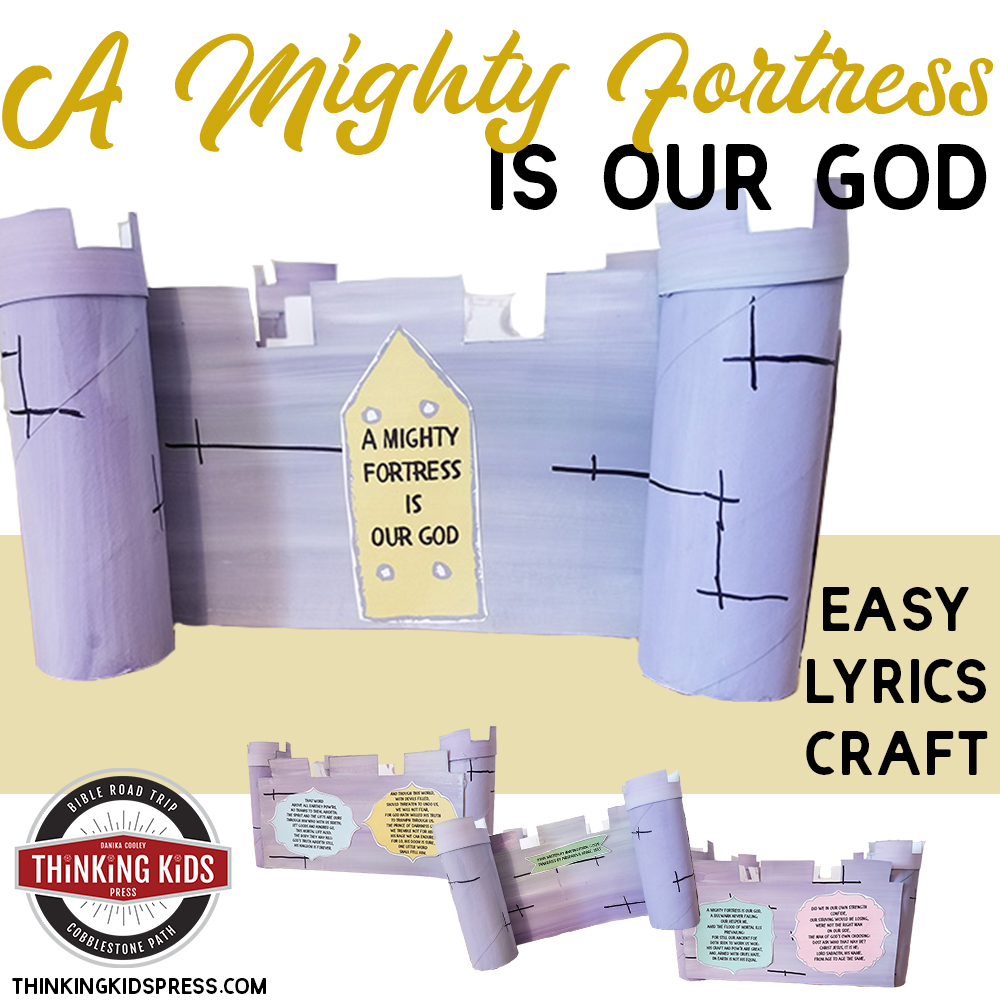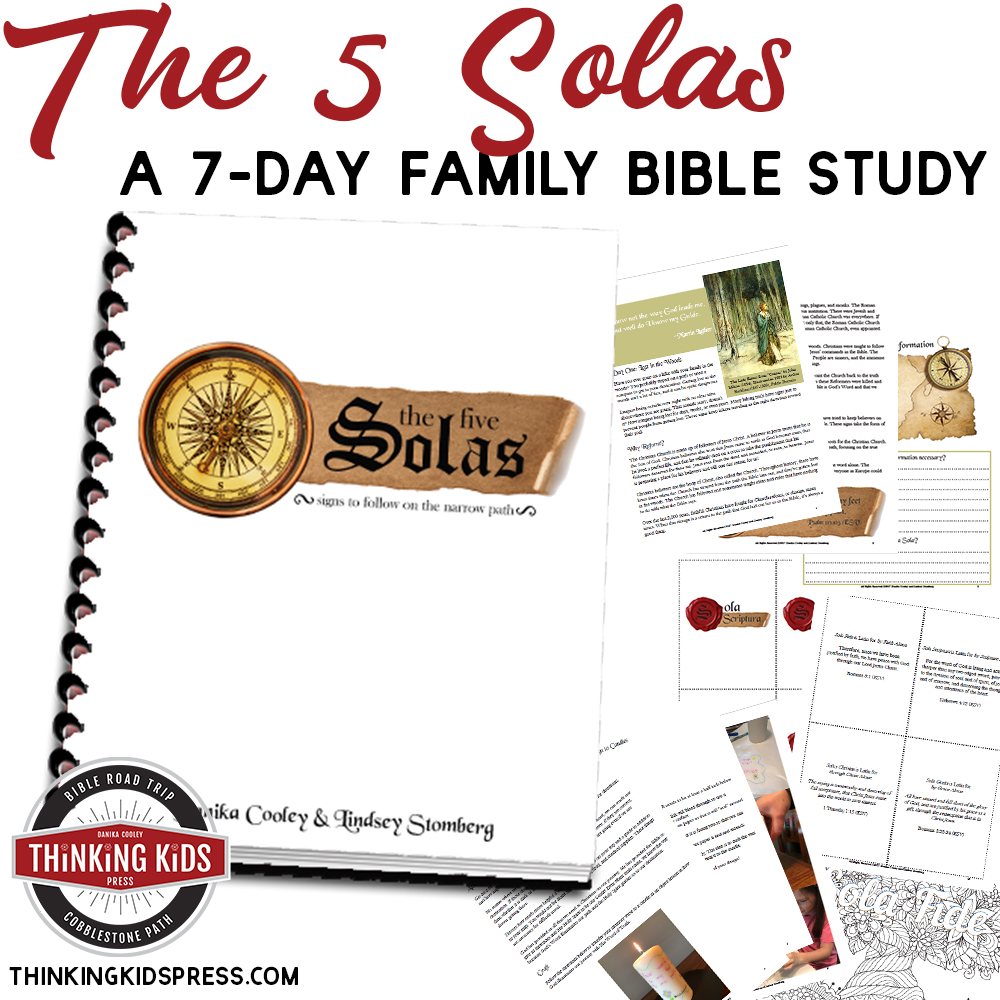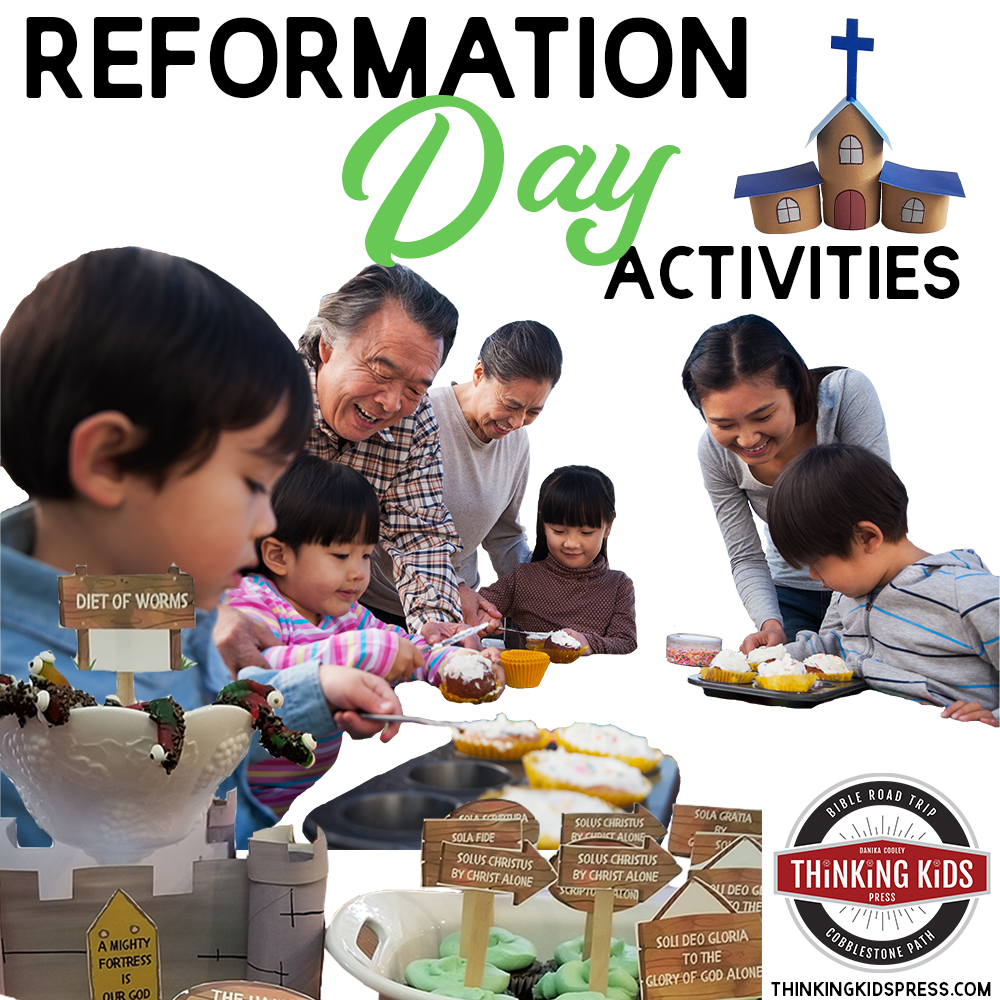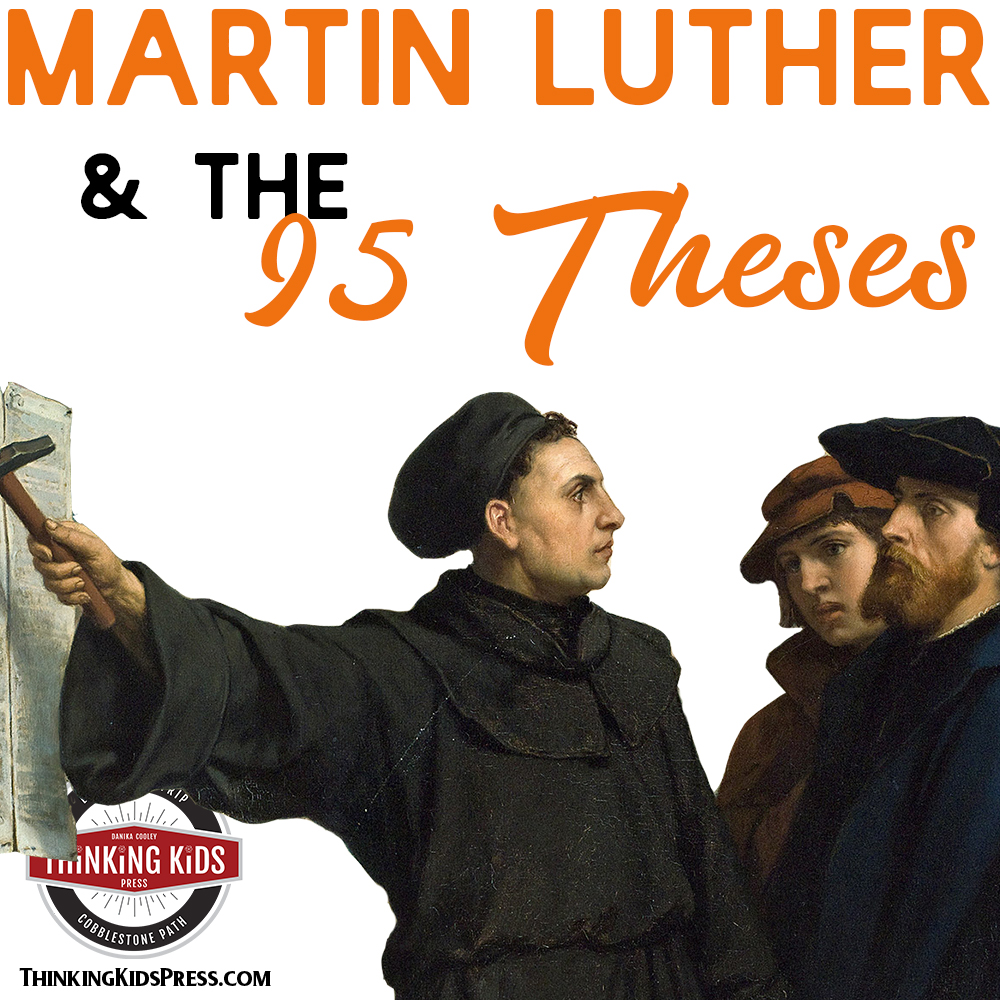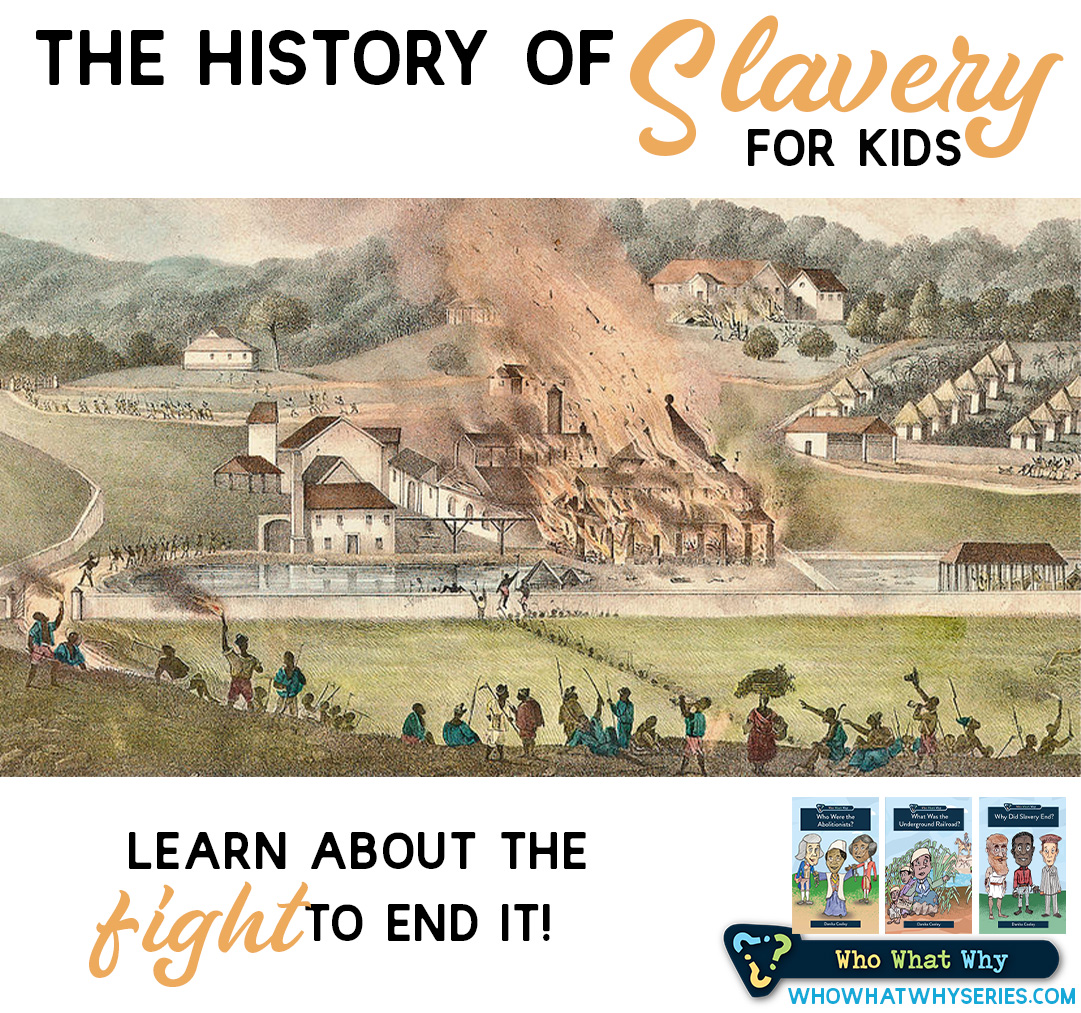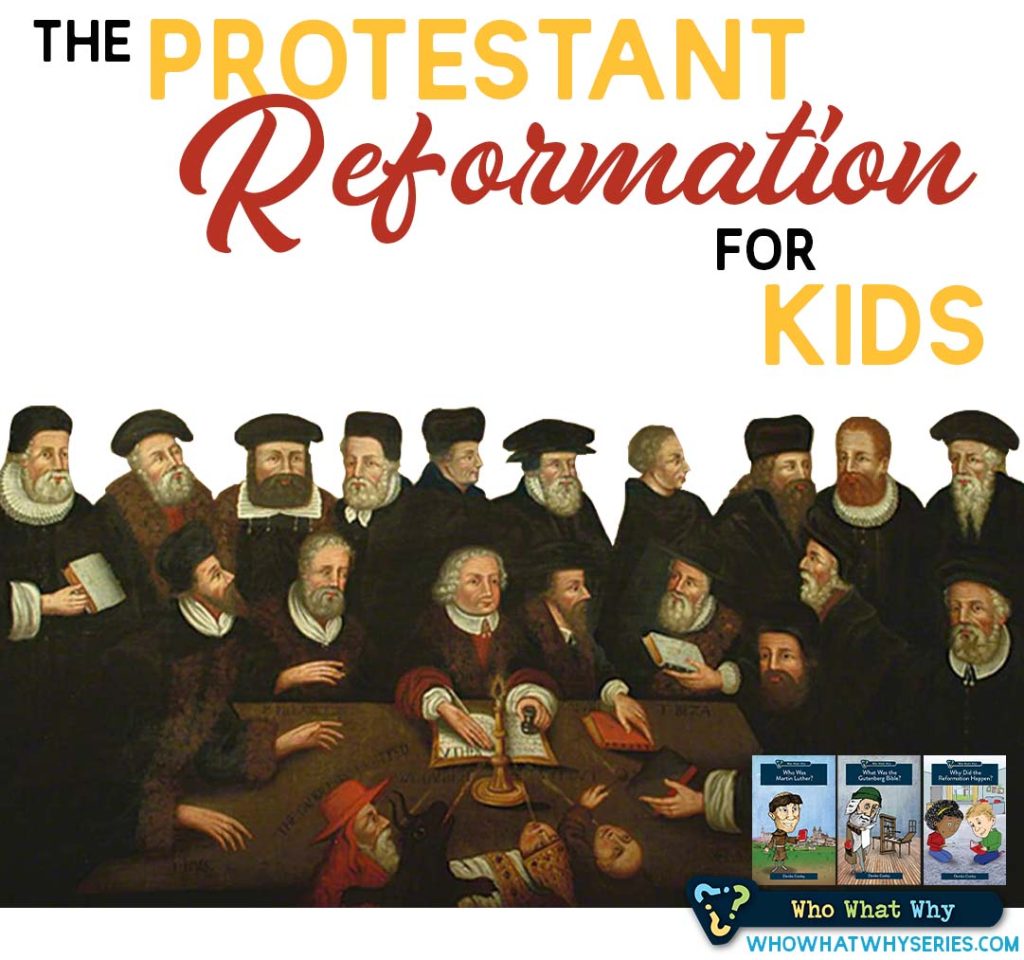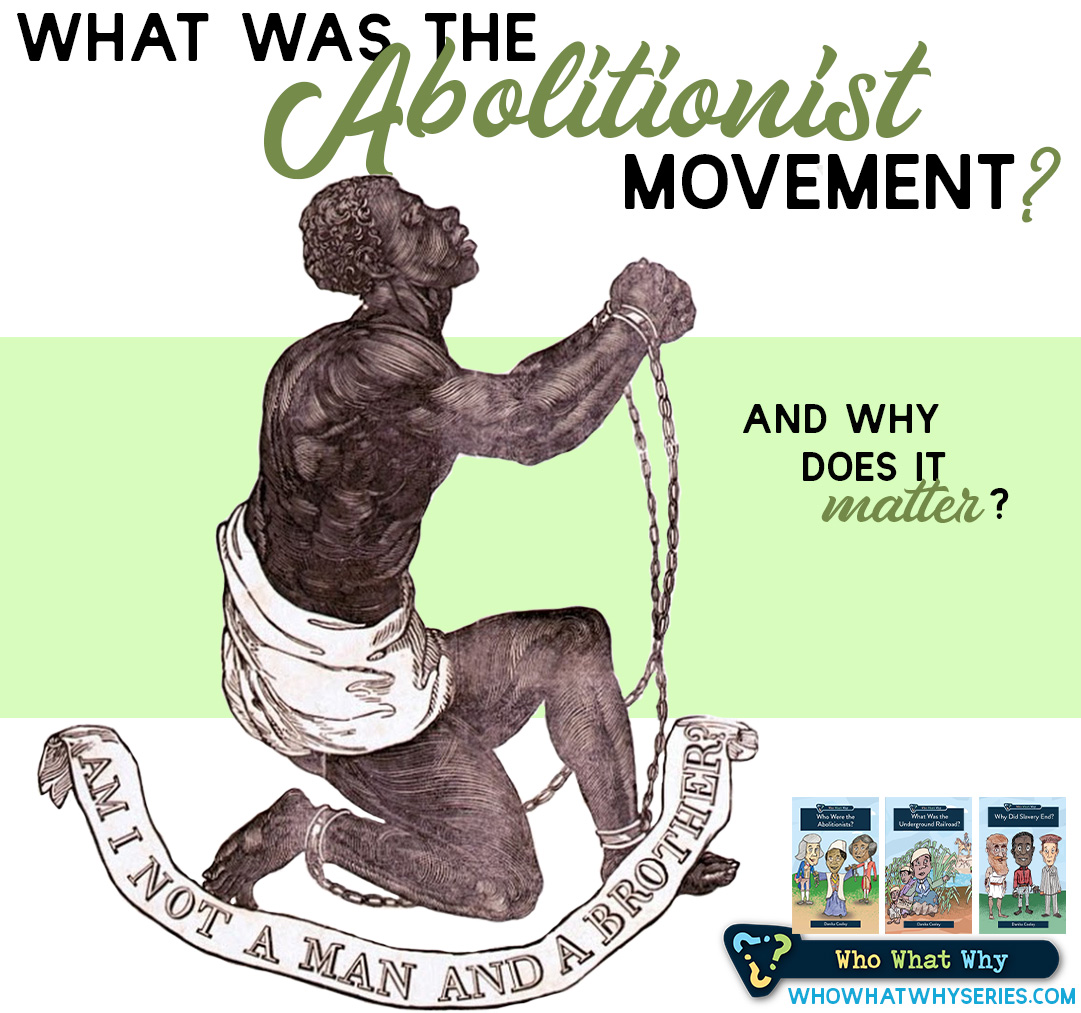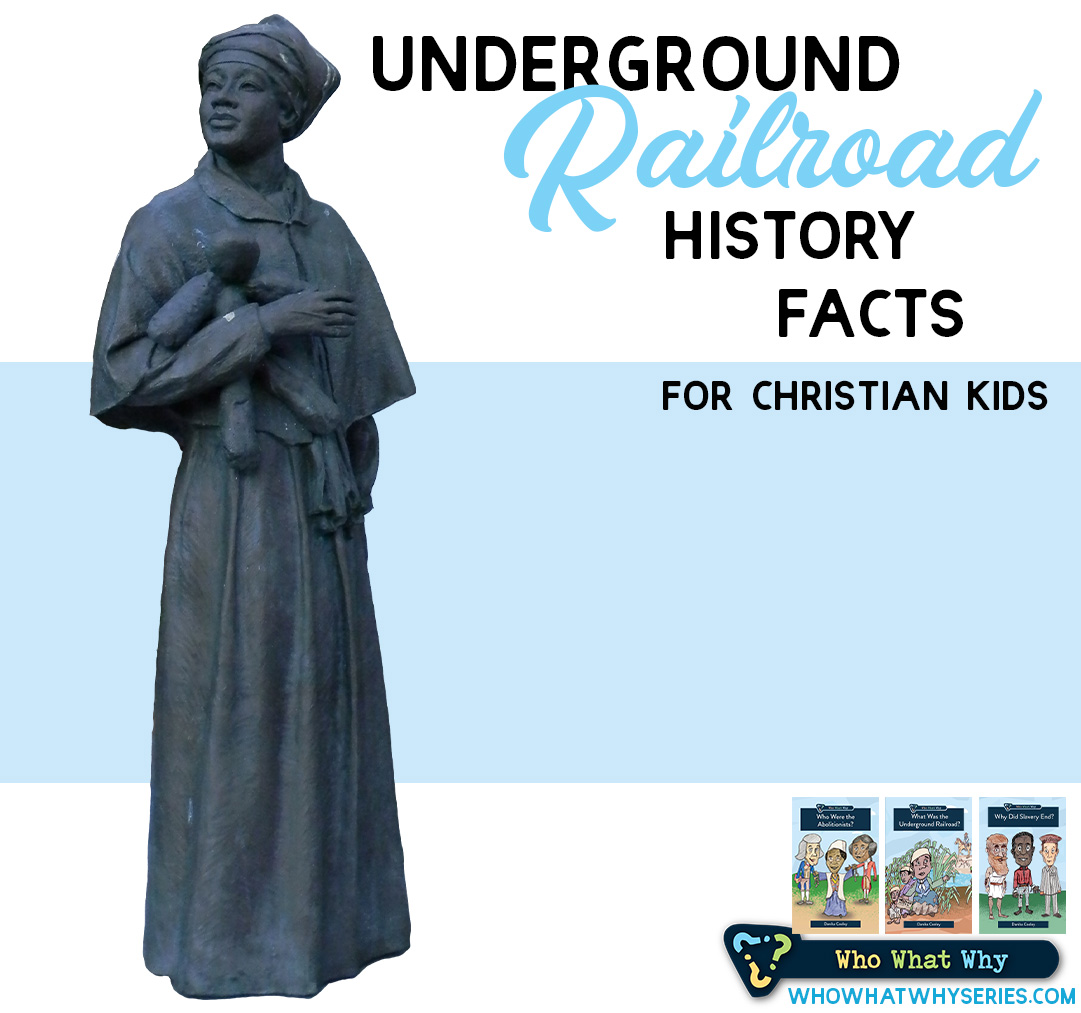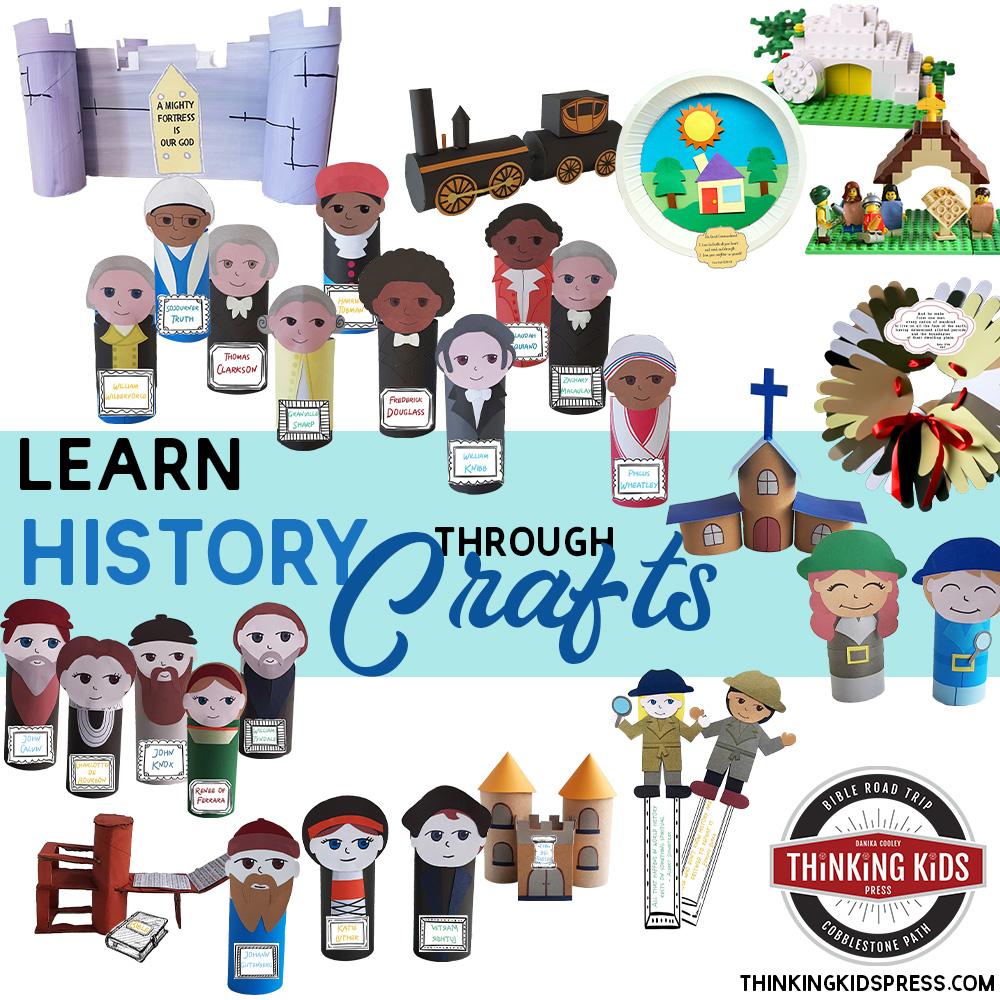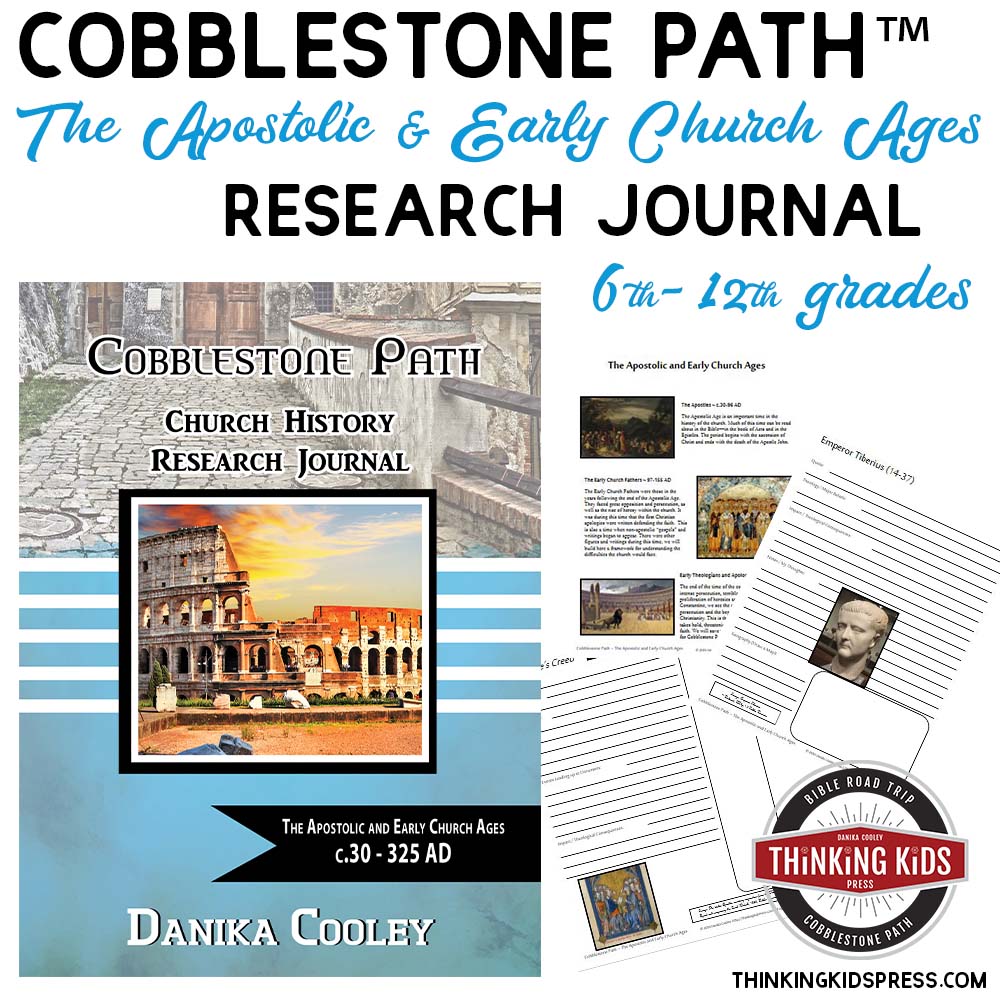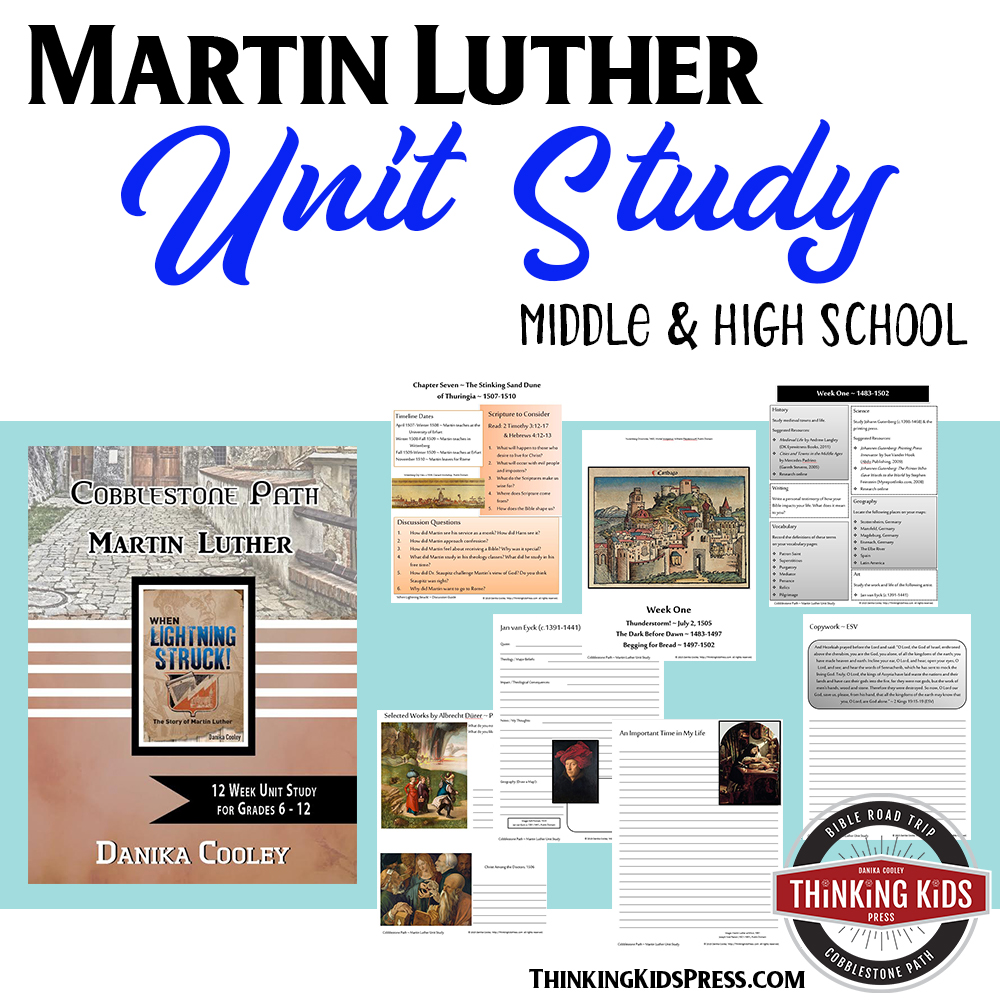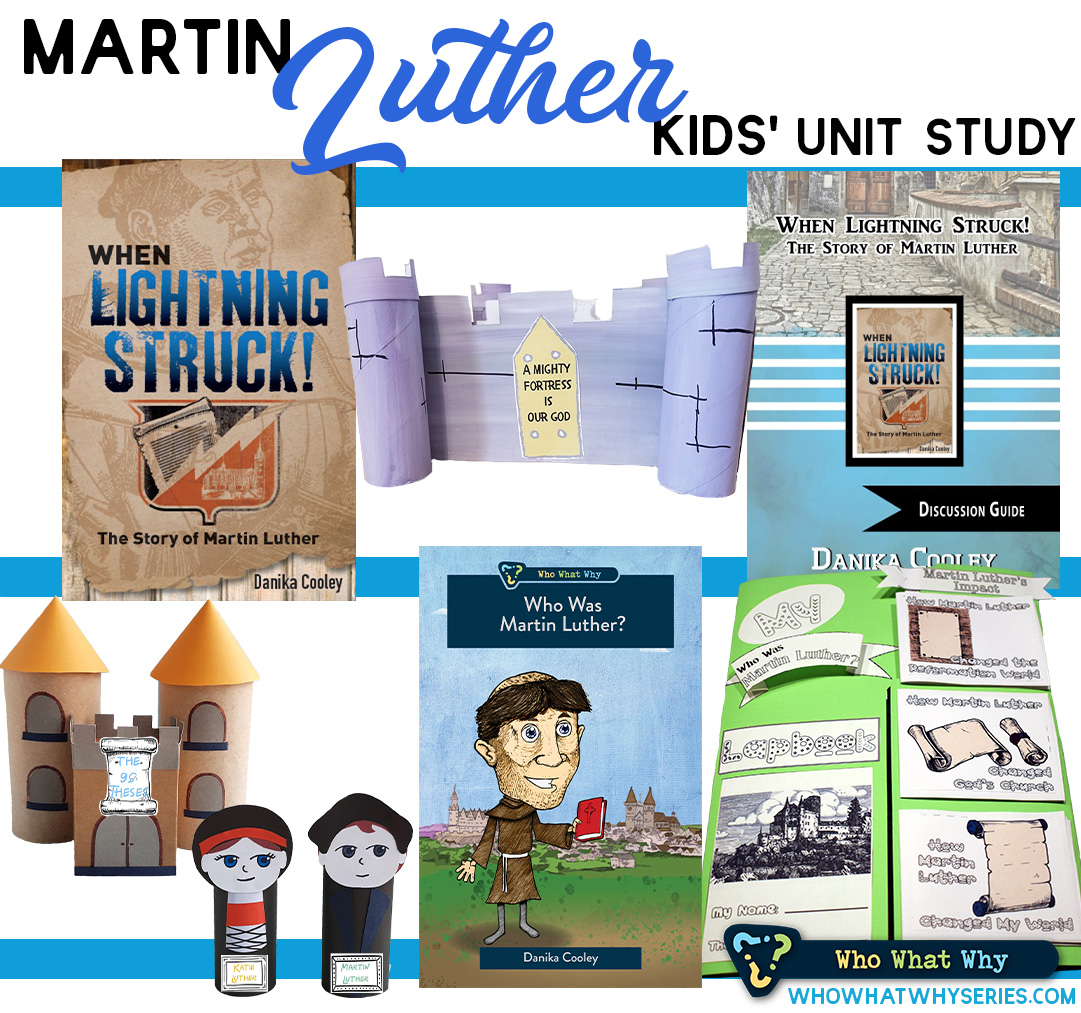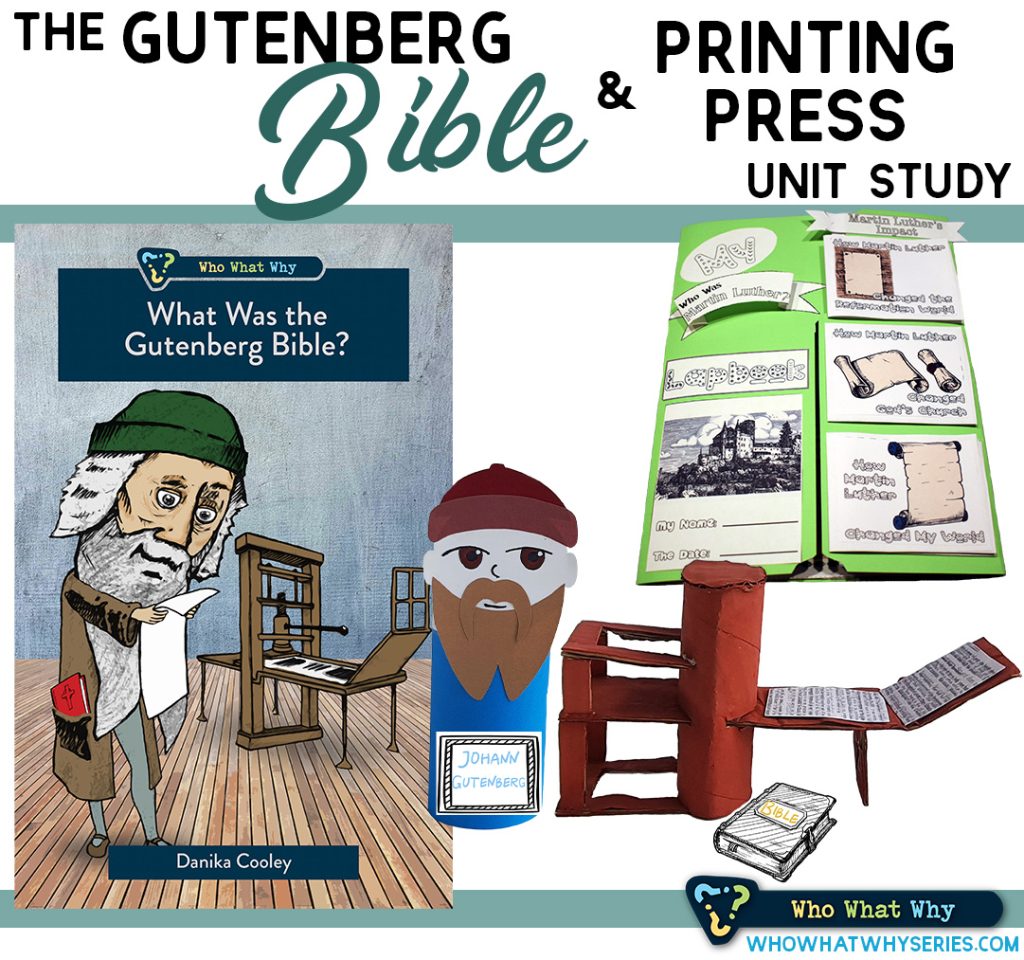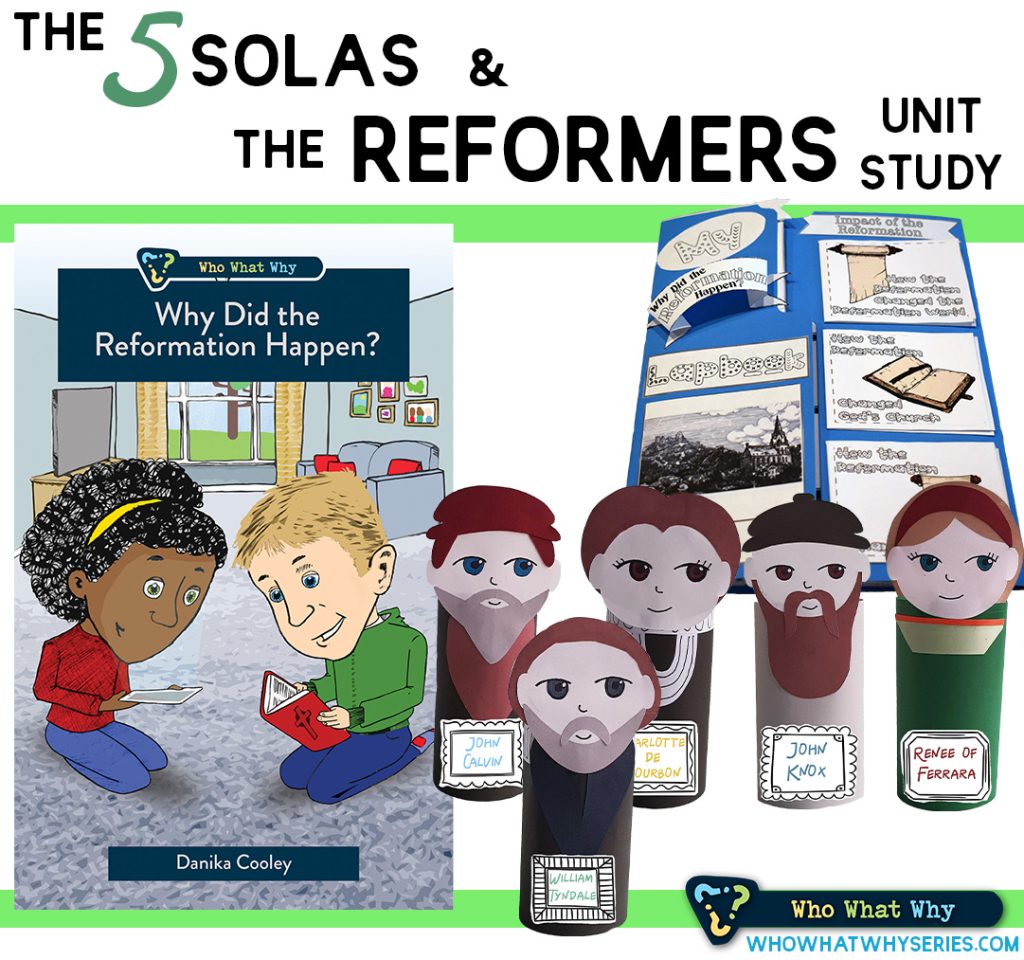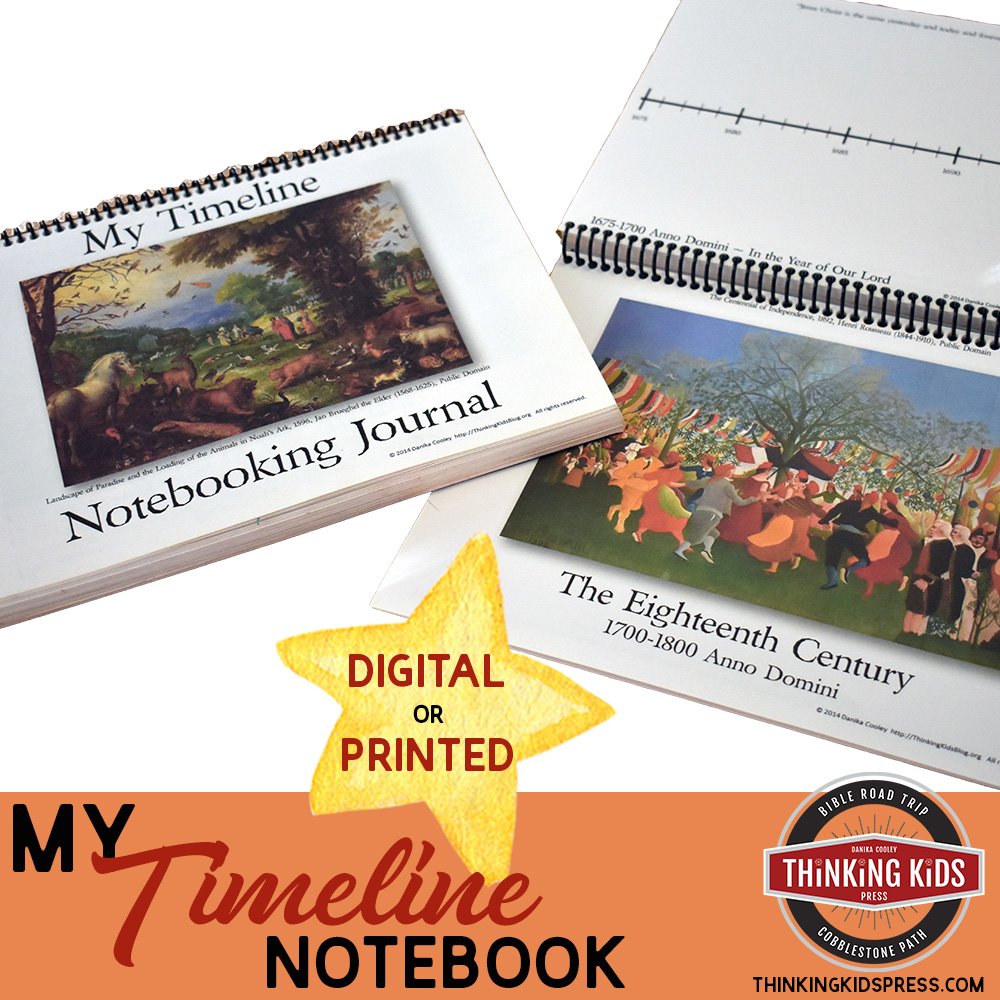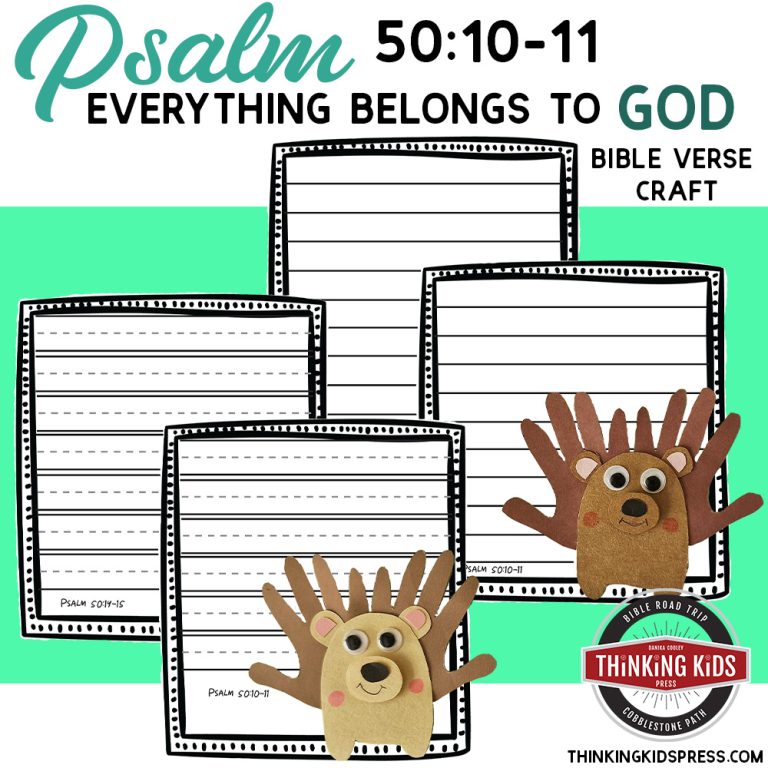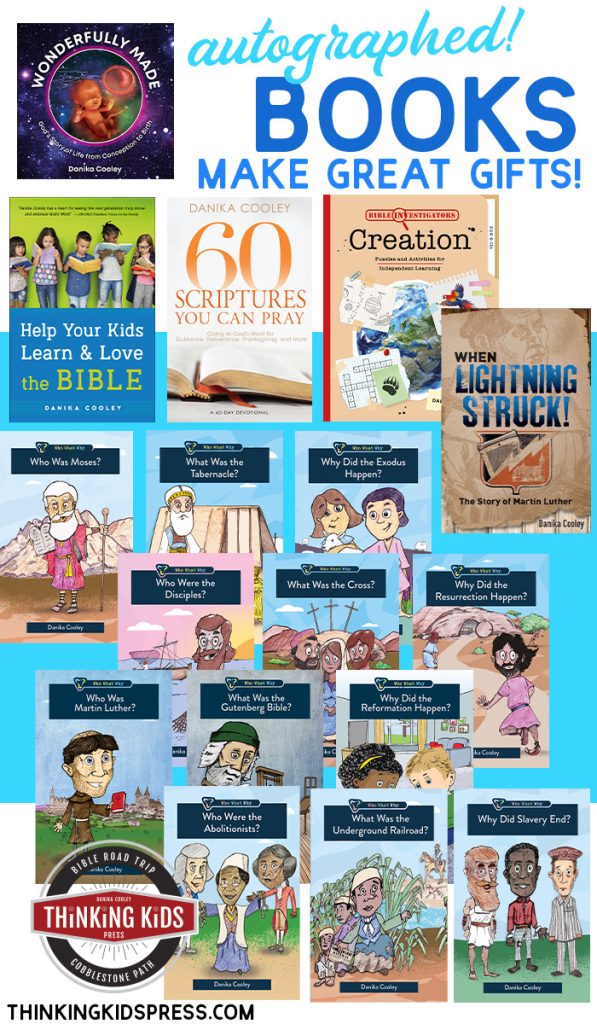
The disciples spent three years learning from the Son of God.
After the sacrificial, atoning death and life-giving resurrection of Jesus, the eleven faithful disciples became the apostles. They shared the good news of Jesus with others, established churches, and discipled new believers. In doing so, they helped change the world.

Jesus’ 12 Disciples
We often teach our kids about the life of Jesus–as we should!
Yet, how many of us can even name all twelve disciples? These men were the closest friends of Jesus, our Lord and Savior, the God-Man come to die for our sins, and resurrected from the dead as the firstfruits of the harvest. What amazing lives they led after Jesus called them to follow him.
Your kids can read all about the disciples and their interactions with Jesus in my narrative biography from Christian Focus Publications, Who Were the Disciples?. The book is a fun way for your kids to learn about twelve men who loved Jesus and followed him through his ministry. After his resurrection, they spread the gospel far and wide. Your kids will learn, too, about the women and family members of the disciples who also followed Jesus.
This fun craft will allow your kids to construct all twelve disciples.
Who Were the Disciples?
Ever wondered what it was like to walk alongside Jesus? Dive into this exciting exploration of the twelve disciples – regular guys who became part of the greatest story ever told! With fun black-and-white illustrations throughout, you’ll discover how fishermen, tax collectors, and even a former terrorist became Jesus’ closest friends and changed history forever.
Follow Peter as he walks on water (and sometimes sinks!), watch Matthew throw a huge party after leaving his tax booth behind, and see how Thomas went from doubting to believing. You’ll learn how John went from being called a “Son of Thunder” to becoming known as the apostle of love, and find out why Jesus chose Judas even though He knew what would happen.
Each chapter brings these fascinating characters to life, showing how Jesus transformed ordinary people into extraordinary followers. You’ll see their mistakes, their victories, and their incredible courage as they spread the good news across the world – even when it meant facing danger.
Throughout history, God has often chosen the most ho-hum, ordinary lives with which to do the most extraordinary things. God’s marvelous work in history, you see, does not depend upon the amazingness of the people he chooses to work through. Rather, God’s astonishing work in history is all about how incredible he is.
Who Were the Disciples?, Danika Cooley (Christian Focus Publications, 2025), page 7

Jesus’ Disciples for Kids
You can help your kids commemorate what they’re learning about biblical history in a hands-on way! Check out this fun video of the Jesus’ disciples for kids craft!
Names of the 12 Disciples Craft Supplies
You’ll need a few supplies to make your 12 Disciples craft:
- Cardstock (colored and white)
- Scissors
- Glue
- Pencil
- Permanent Marker
- Toilet Paper Rolls
- Printable Templates with Instructions
- Don’t forget this fun book that will teach your kids about the Disciples: Who Were the Disciples?

Jesus’ 12 Disciples Craft | Instructions
Your child’s representation of Jesus’ 12 disciples is a great way to help them consider what they learn as they read Who Were the Disciples? from the Who What Why series!
1) Print your templates and labels.
Print the disciples templates and labels on cardstock. Each figure will need a base body clothing layer. You will use the same rectangular piece for each figure.
2) Assemble your Simon Peter and Andrew figures.
Print the template page from the step-by-step instructions and cut out the pieces.
Lay the template pieces over the cardstock in the colors your child would like to use. Trace the pieces on the cardstock and cut out the pieces. Cut a slit in the hair and the beard, as shown.




Glue the head to the front of the figure’s body, as shown. Then, glue the label for Andrew to the front of the figure.
Repeat the steps to create your Simon Peter figure.
3) Assemble your James and John figures.
Print the template page from the step-by-step instructions and cut out the pieces.
Lay the template pieces over the cardstock in the colors your child would like to use. Trace the pieces on the cardstock and cut out the pieces. Cut a slit in the hair and a space for the mouth in the beard, as shown.
Insert the head in the slit in the hair and glue the back of the head onto the hair. Insert the chin through the slit in the beard and glue the back of the chin to the front of the beard. Glue the mustache and sideburns onto the face. Then, use a permanent marker to create a face, as shown.
For the James and John figures, glue the shawl across the middle of the body base rectangular piece–the tunic, as shown.
Glue the head to the front of the figure’s body, as shown. Glue the colored cardstock tunic around the toilet paper roll. Then, glue the label for James to the front of the figure.
Repeat the steps to create your John figure.
4) Assemble your Philip and Nathanael Bartholomew figures.
Print the template page from the step-by-step instructions and cut out the pieces.
Lay the template pieces over the cardstock in the colors your child would like to use. Trace the pieces on the cardstock and cut out the pieces. Cut a slit in the hair and a space for the mouth in the beard, as shown.
Insert the head in the slit in the hair and glue the back of the head onto the hair. Insert the chin through the slit in the beard and glue the back of the chin to the front of the beard. Glue the mustache and sideburns onto the face. Then, use a permanent marker to create a face, as shown.
For the Philip and Nathanael Bartholomew figures, glue the belt across the middle of the body base rectangular piece–the tunic, as shown.
Glue the head to the front of the figure’s body, as shown. Glue the colored cardstock tunic around the toilet paper roll. Then, glue the label for Andrew to the front of the figure.
Repeat the steps to create your Philip figure.
5) Assemble your Matthew Levi and Thomas figures.
Print the template page from the step-by-step instructions and cut out the pieces.
Lay the template pieces over the cardstock in the colors your child would like to use. Trace the pieces on the cardstock and cut out the pieces. Cut a slit in the hair and a space for the mouth in the beard, as shown.
Insert the head in the slit in the hair and glue the back of the head onto the hair. Insert the chin through the slit in the beard and glue the back of the chin to the front of the beard. Glue the mustache and sideburns onto the face. Then, use a permanent marker to create a face, as shown.
For the Matthew Levi and Thomas figures, glue the belt across the middle of the body base rectangular piece–the tunic, as shown.
Glue the two robe pieces vertically over the middle of the body base tunic, as shown.
Glue the head to the front of the figure’s body, as shown. Glue the colored cardstock tunic around the toilet paper roll. Then, glue the label for Matthew Levi to the front of the figure.
Repeat the steps to create your Thomas figure.
6) Assemble your James the Younger, Judas Lebbaeus Thaddaeus, Simon the Zealot, and Judas Iscariot figures.
Repeat the steps to create the last four disciples.
Display your craft as you read Who Were the Disciples? to remember how the Disciples followed Jesus!

Learn more about the Who What Why series and get your FREE Resurrection Lapbooks here.
Bible Resources for Your Kids
Learn More HereLearn More HereLearn More HereLearn More HereLearn More HereLearn More Here

Christian Biographies for Kids | Christian History for Kids | Theology for Kids
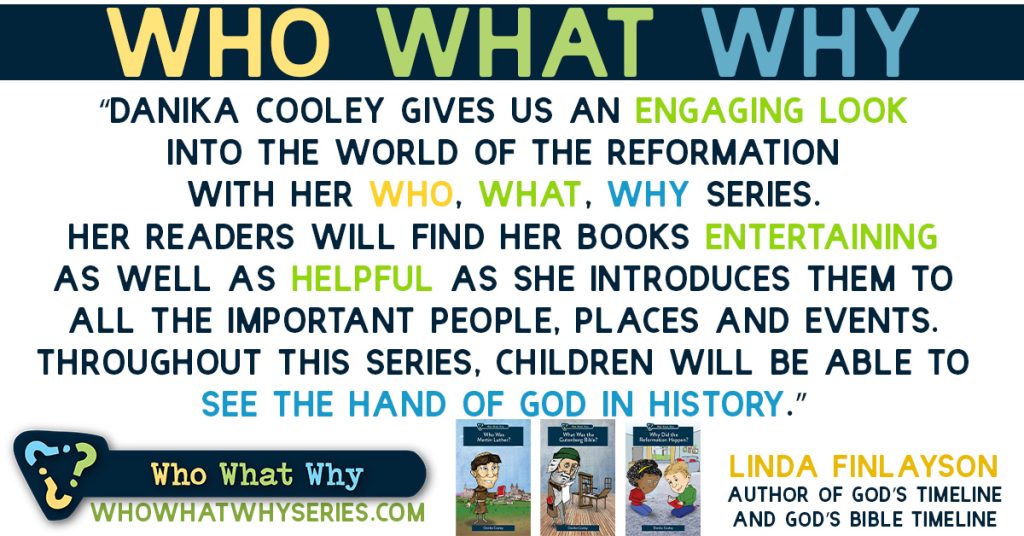
Christian History Matters for Our Kids.
History matters. Now, more than ever, we see how important it is for our children to know and understand history and the Bible.
Here’s why:
- God is the sovereign ruler of all things. It’s important for our kids to see his hand in the history of nations and in the lives of both peasants and kings.
- Christian history is the story of our family history. Our kids get to see how people who love Jesus follow him.
- Understanding history can help our kids learn historic and biblical theology. They learn what the Bible says and what that means for us. They also see when the study of Scripture has taken important turns that have changed the Church.
- Reading Christian biographies and history can be a wonderful way for kids to think outside their own time and culture. God’s Church spans centuries and includes people from every nation.
- Christian biographies help kids consider their own faith, walk with Jesus, and the impact their witness may one day have on others–and on history.

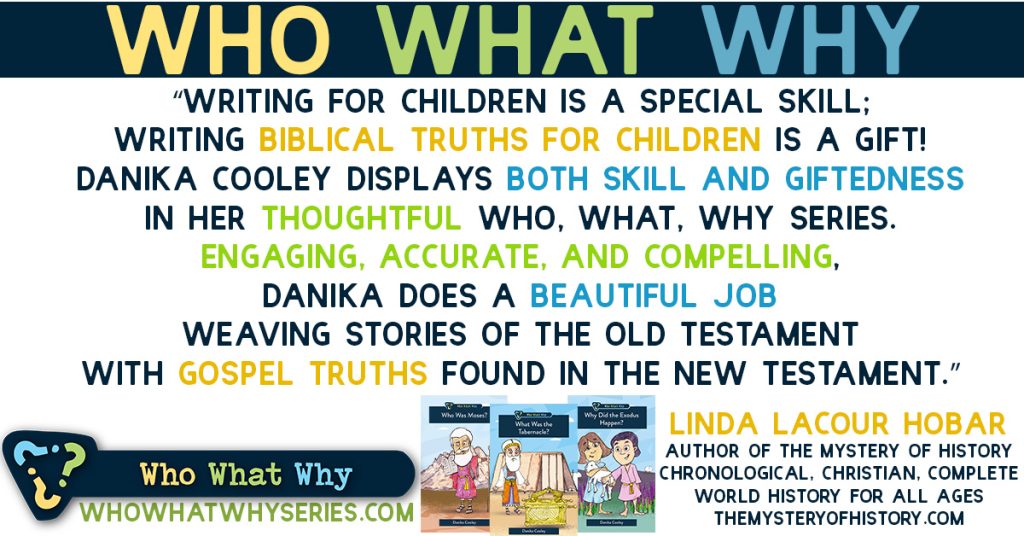

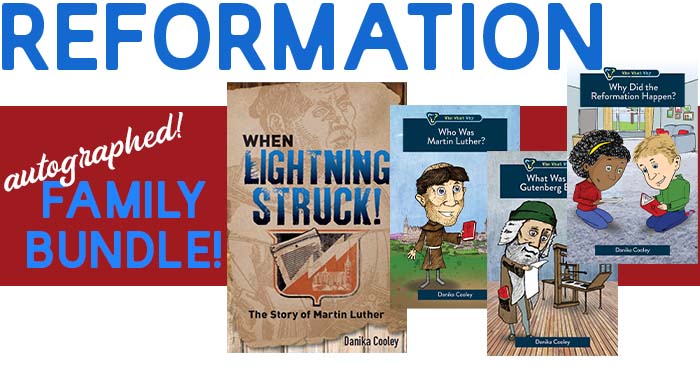
Grab the autographed Reformation Family Bundle!
More Thinking Kids Posts You’ll Love!

